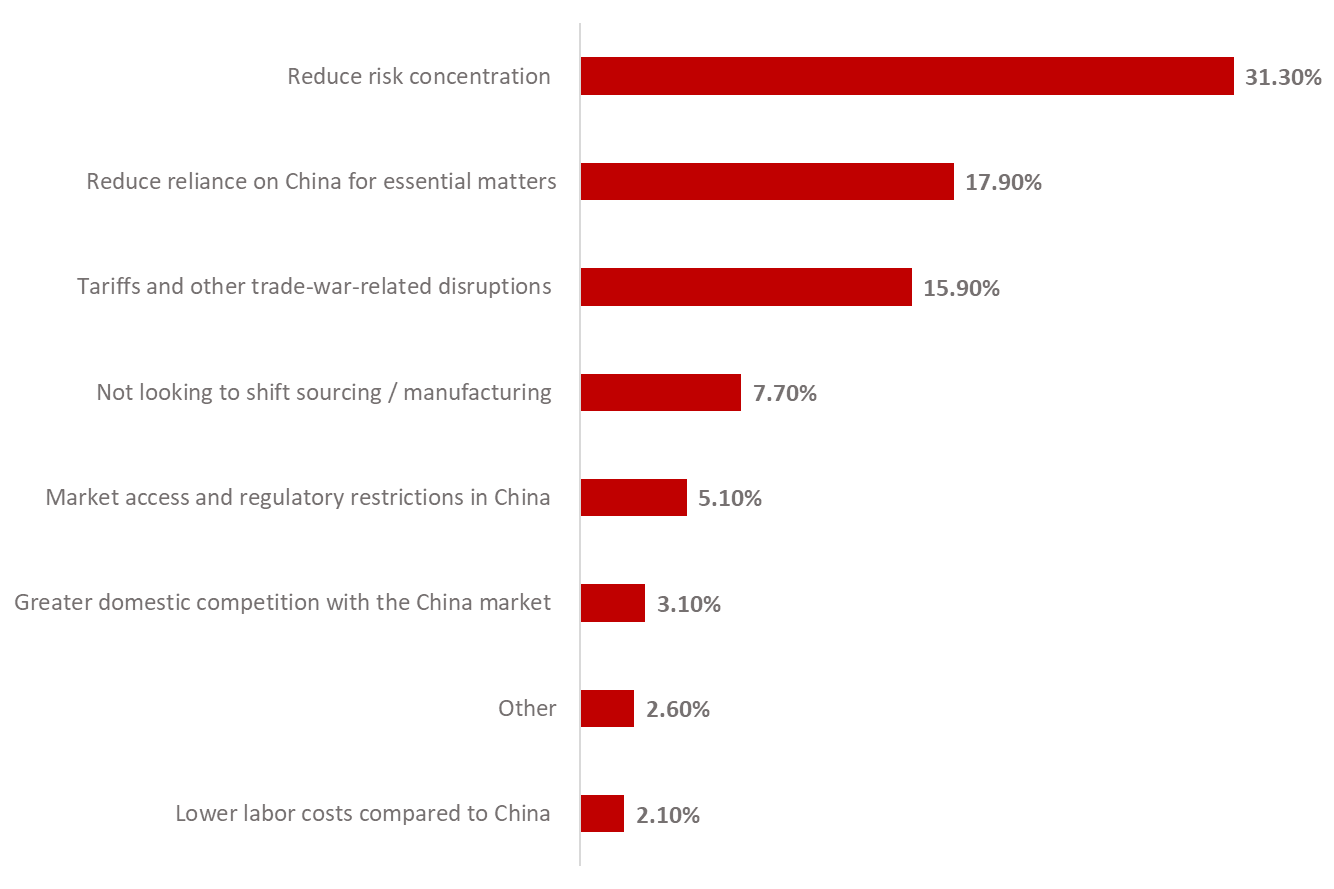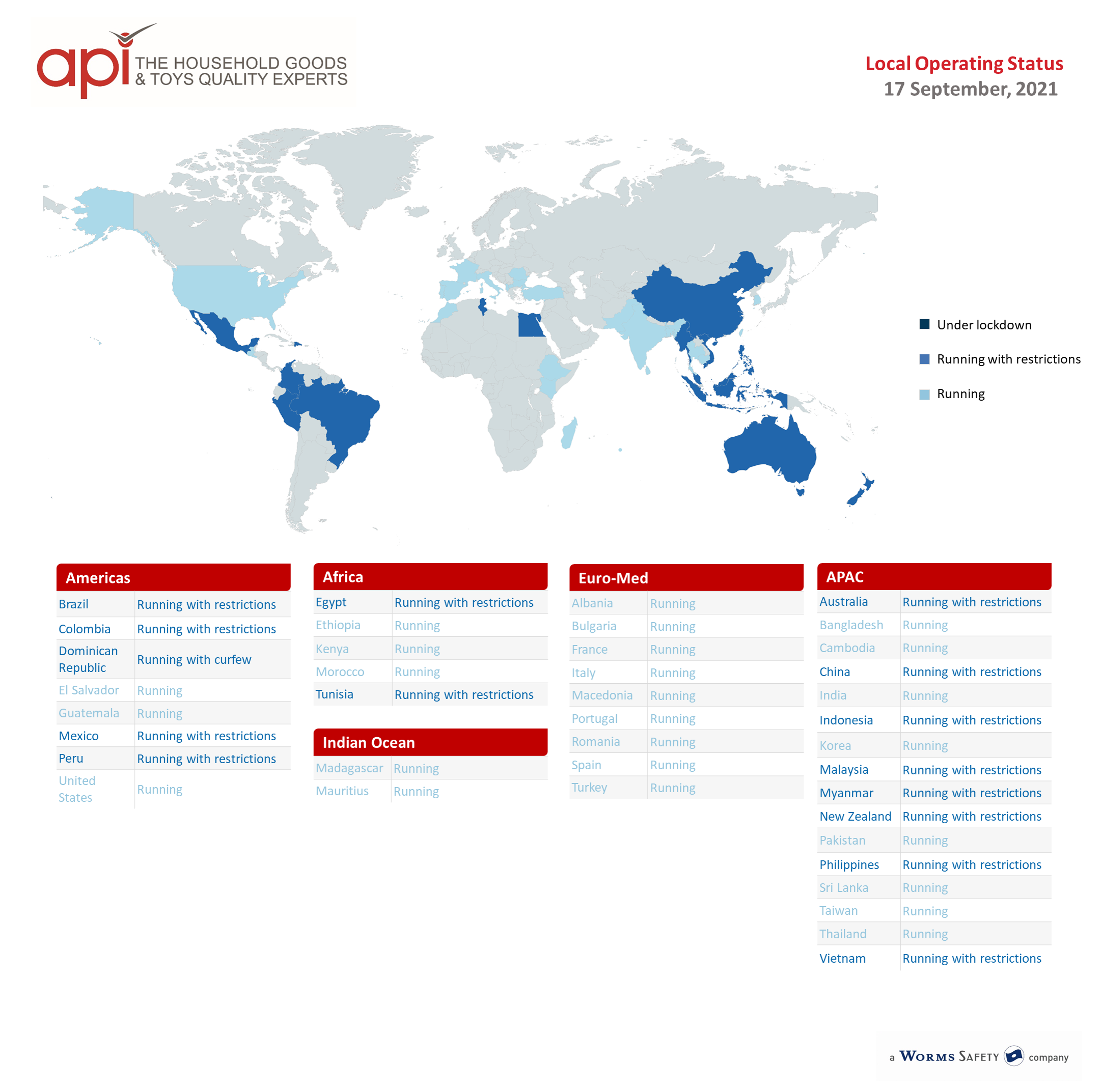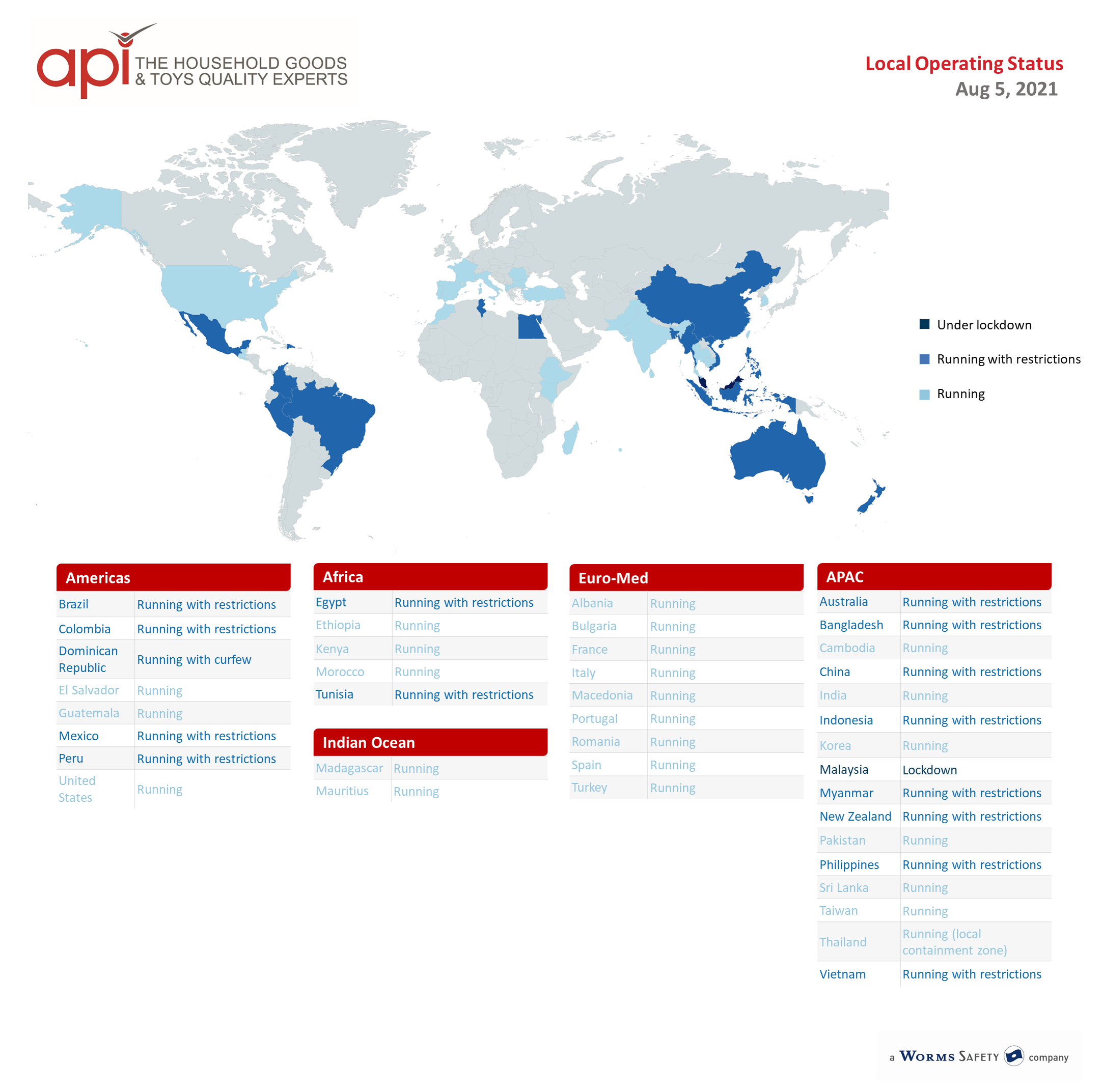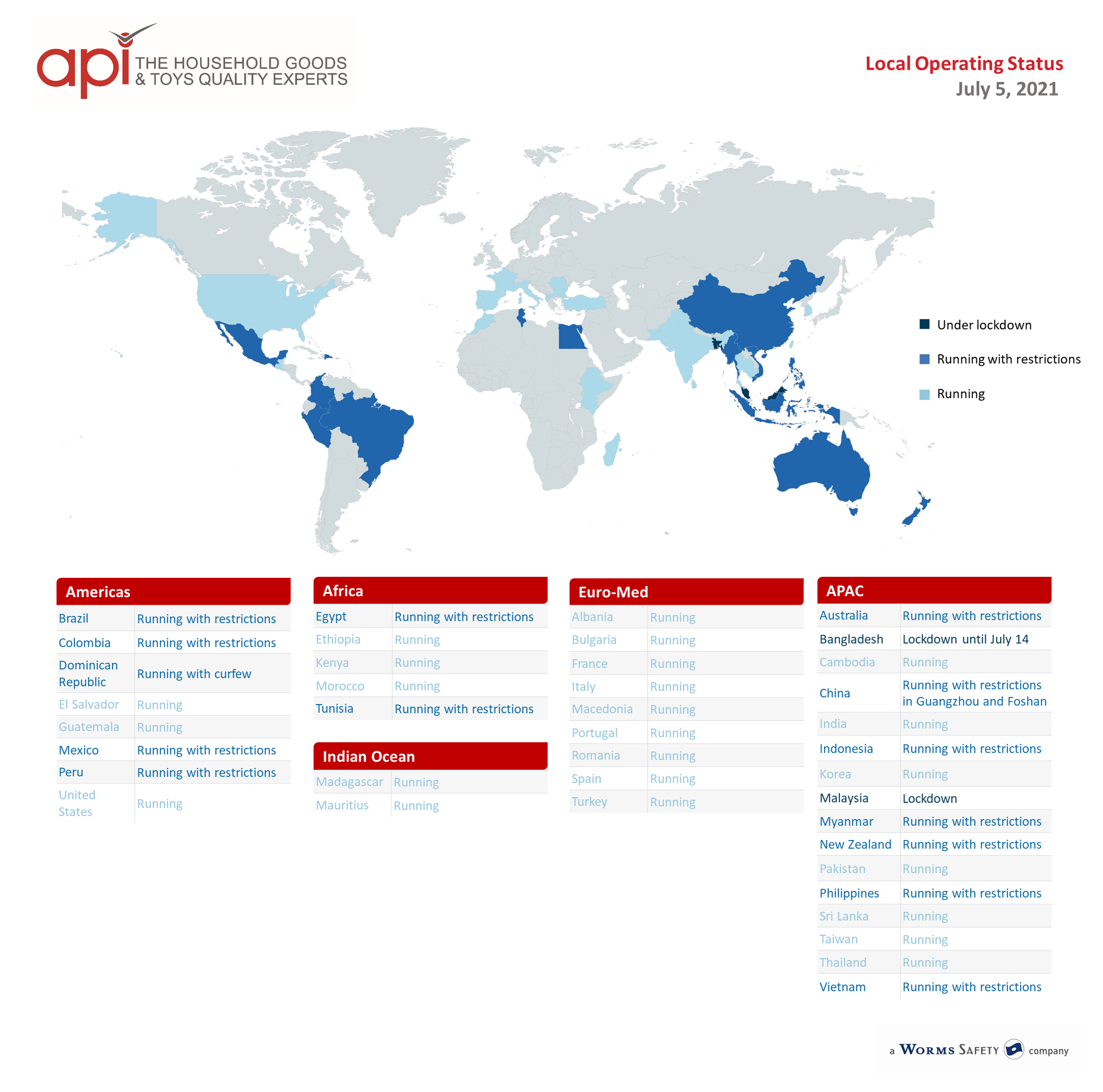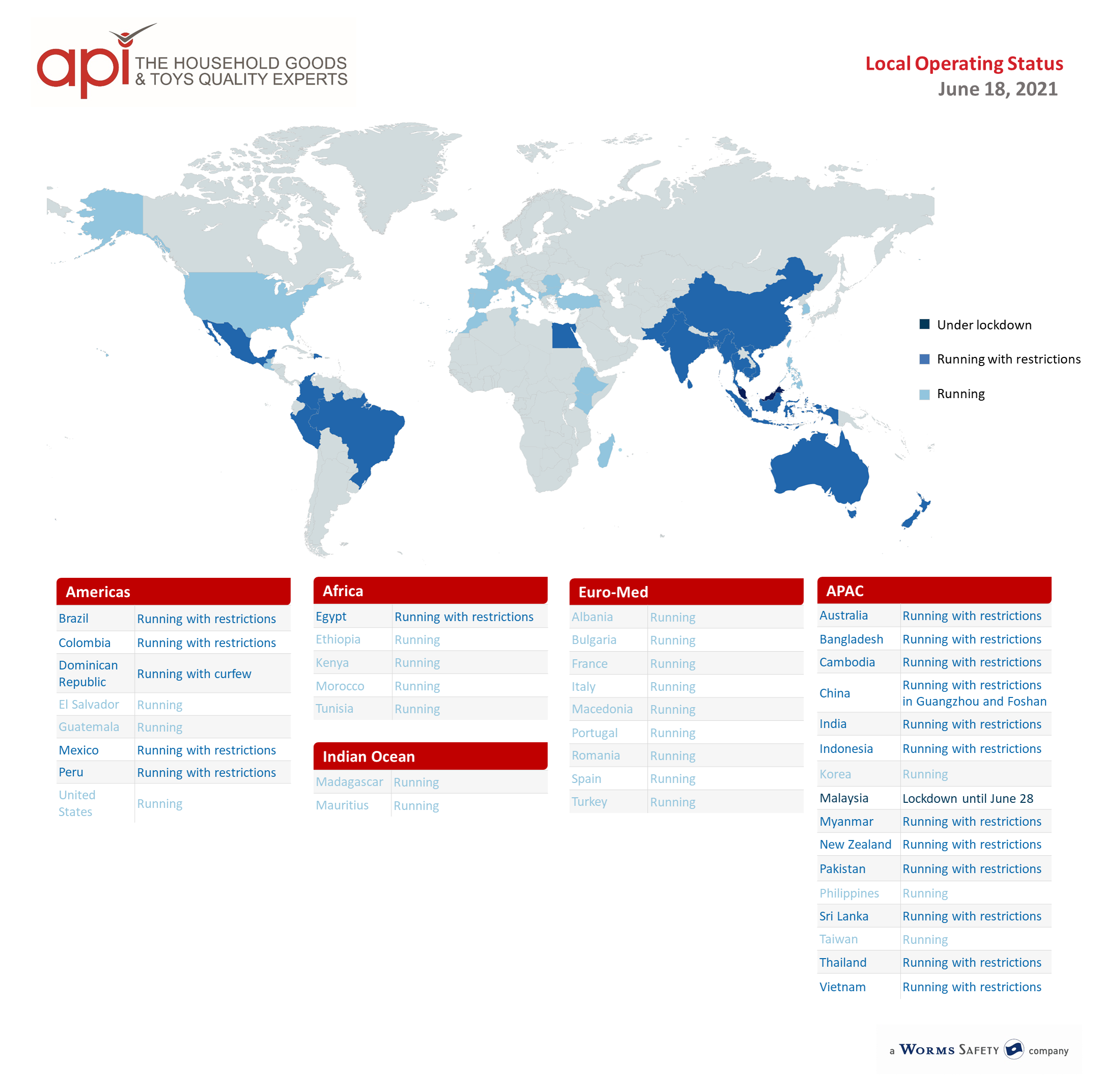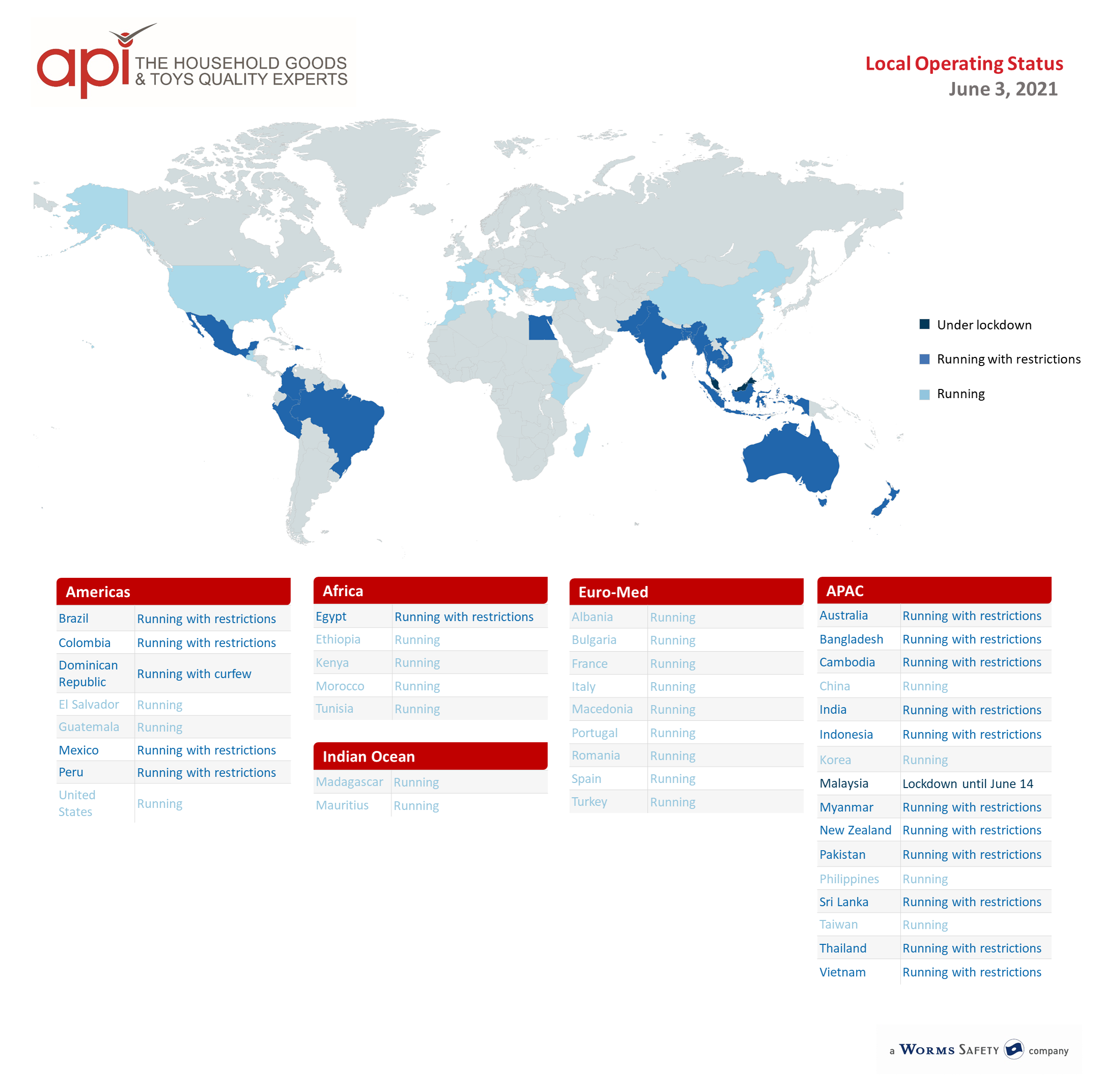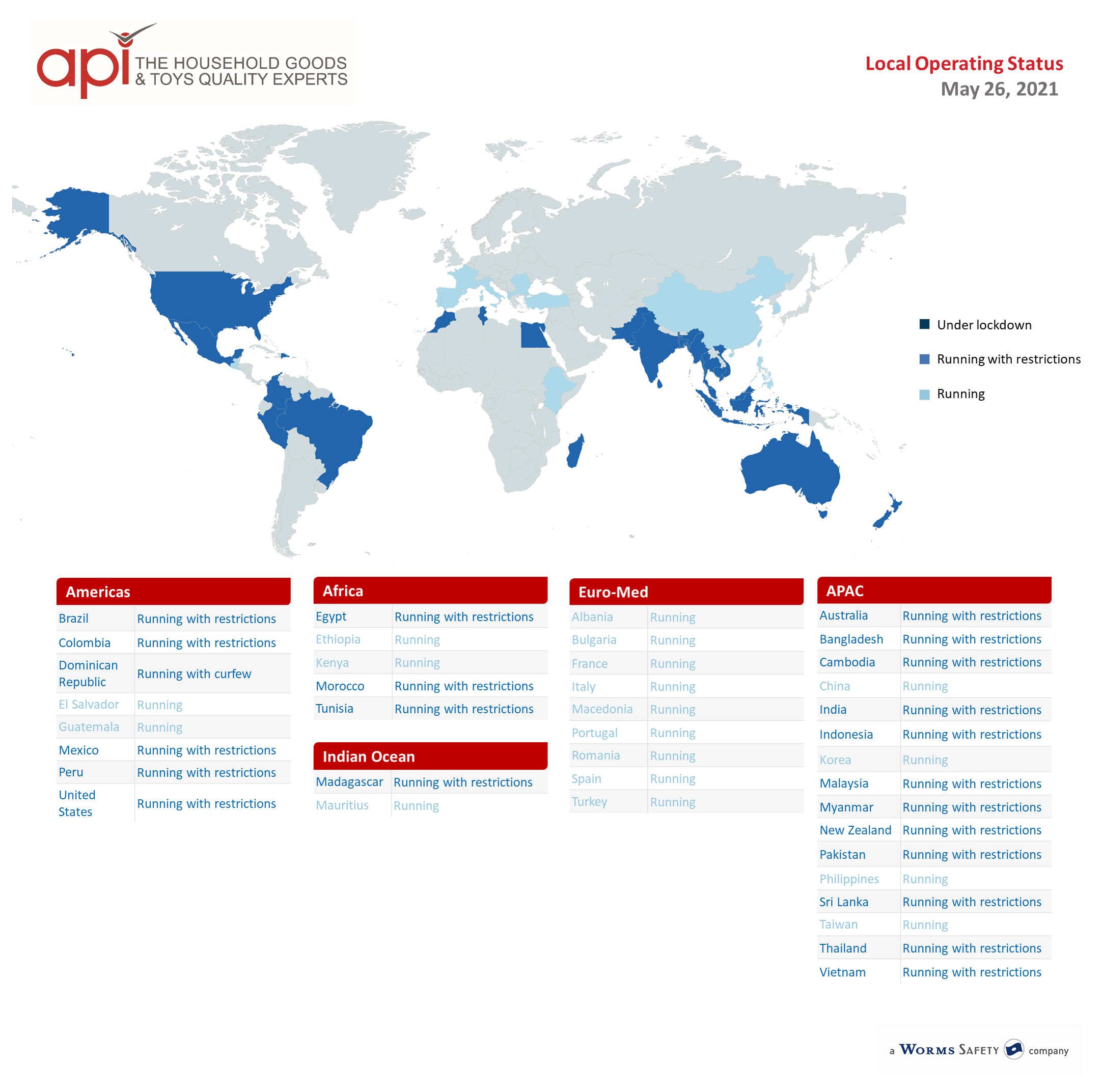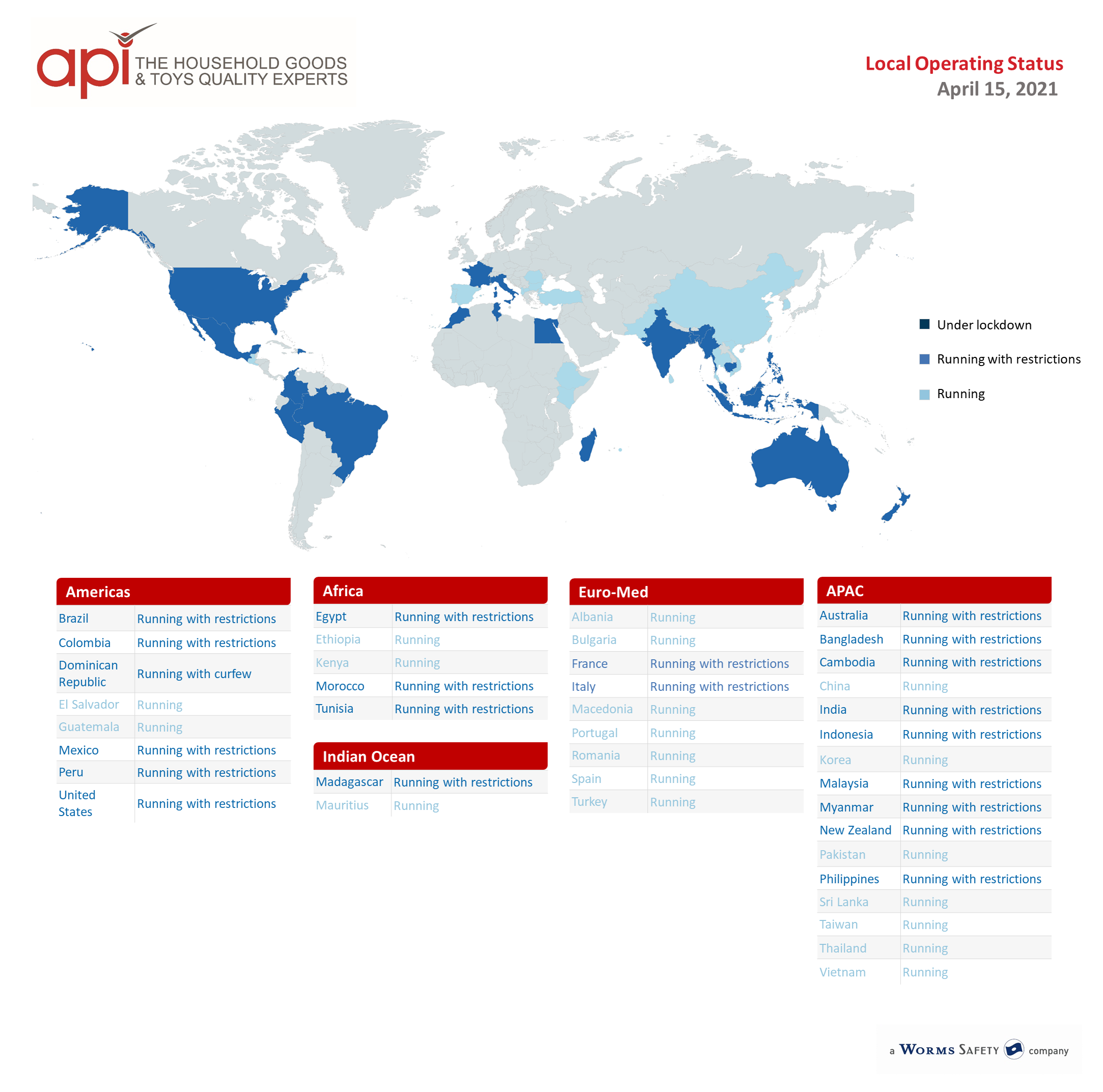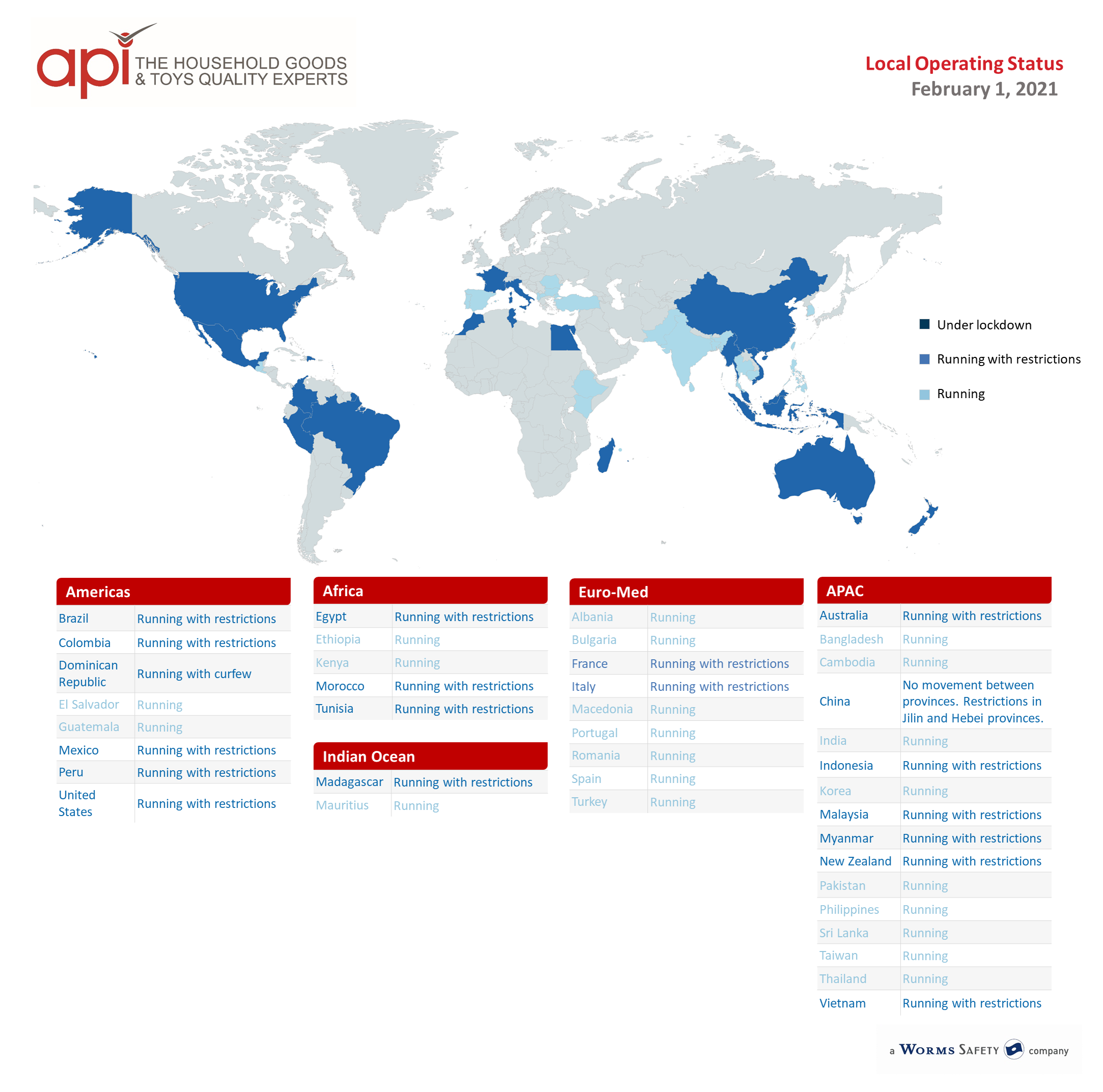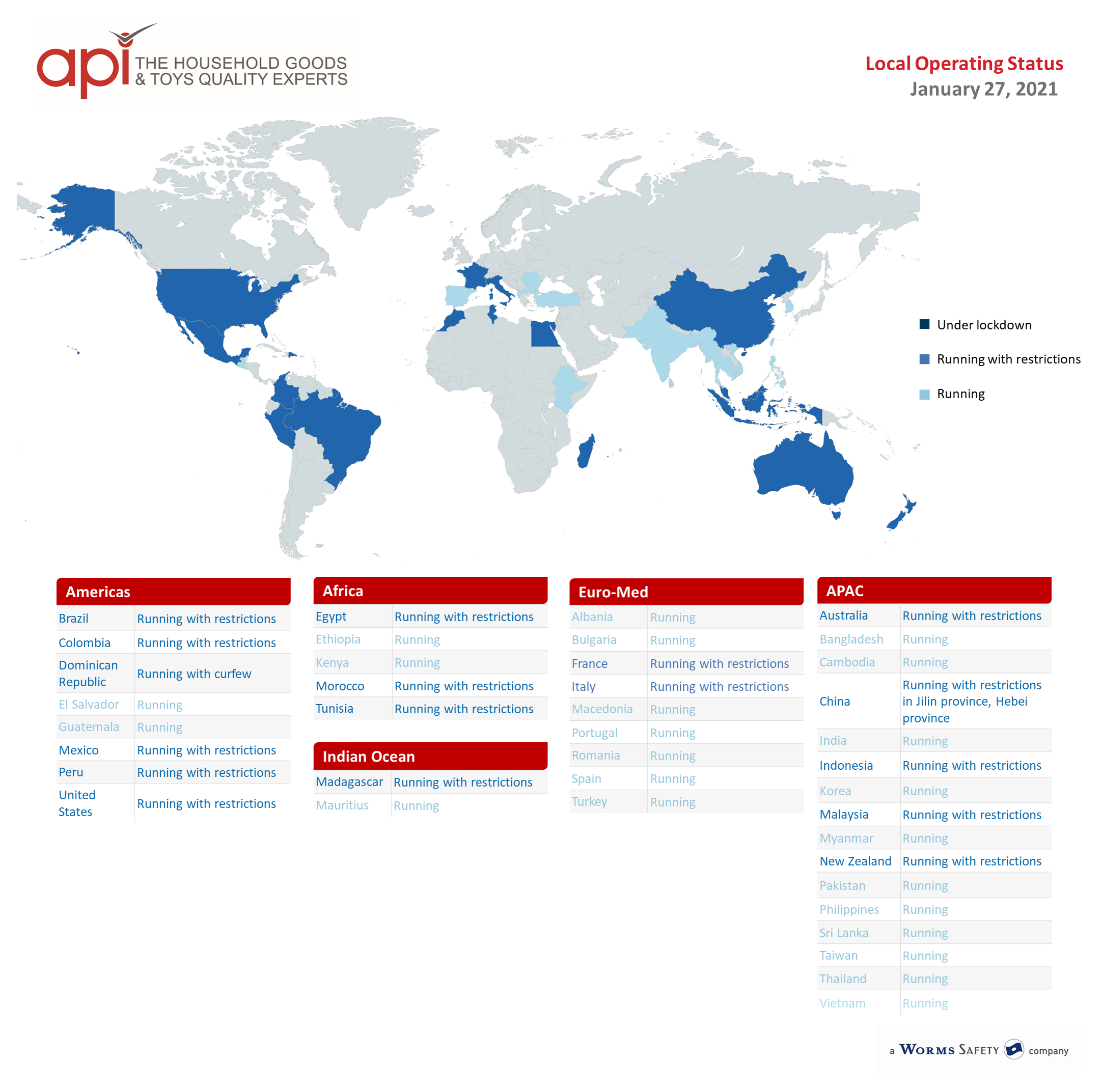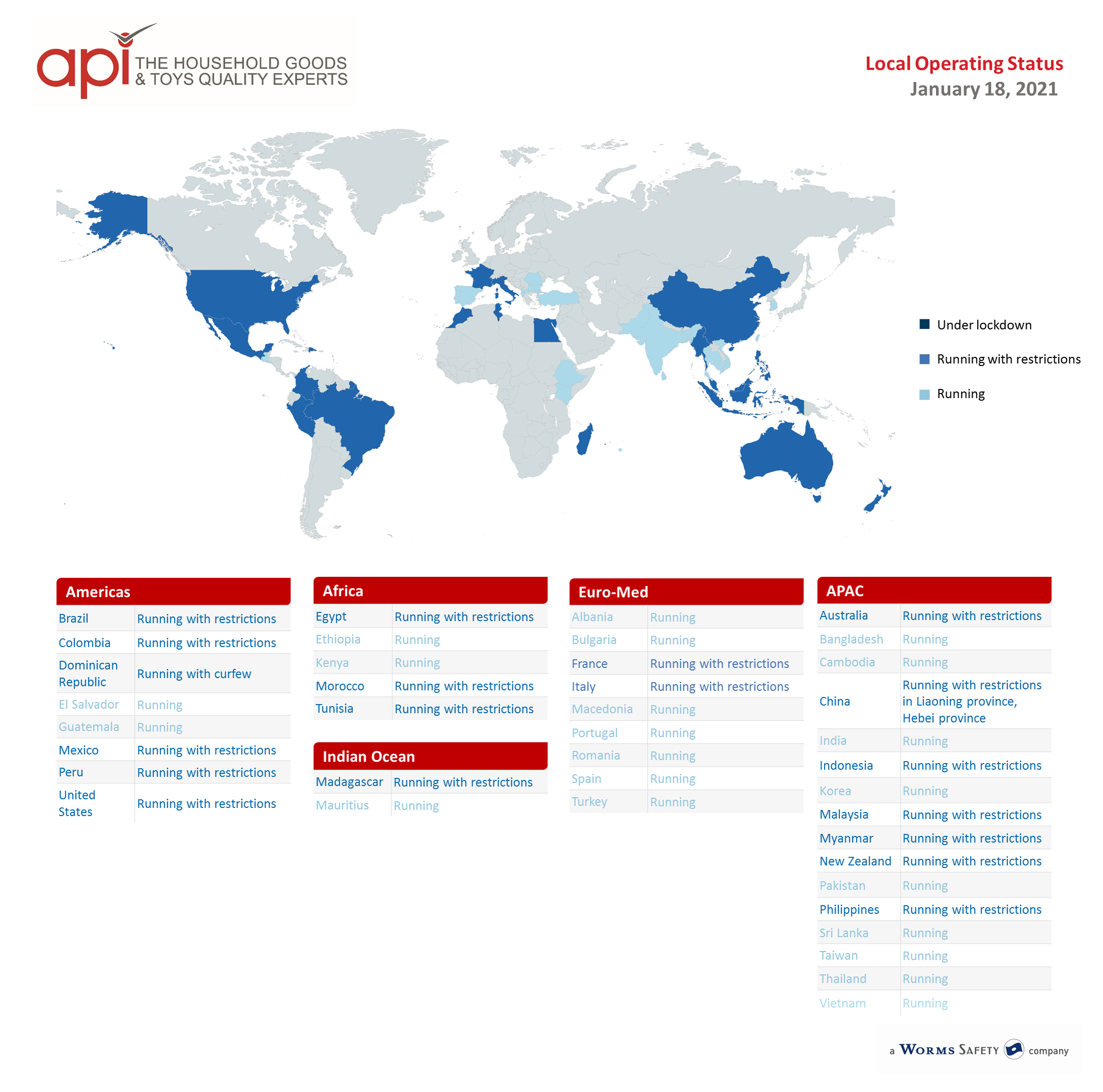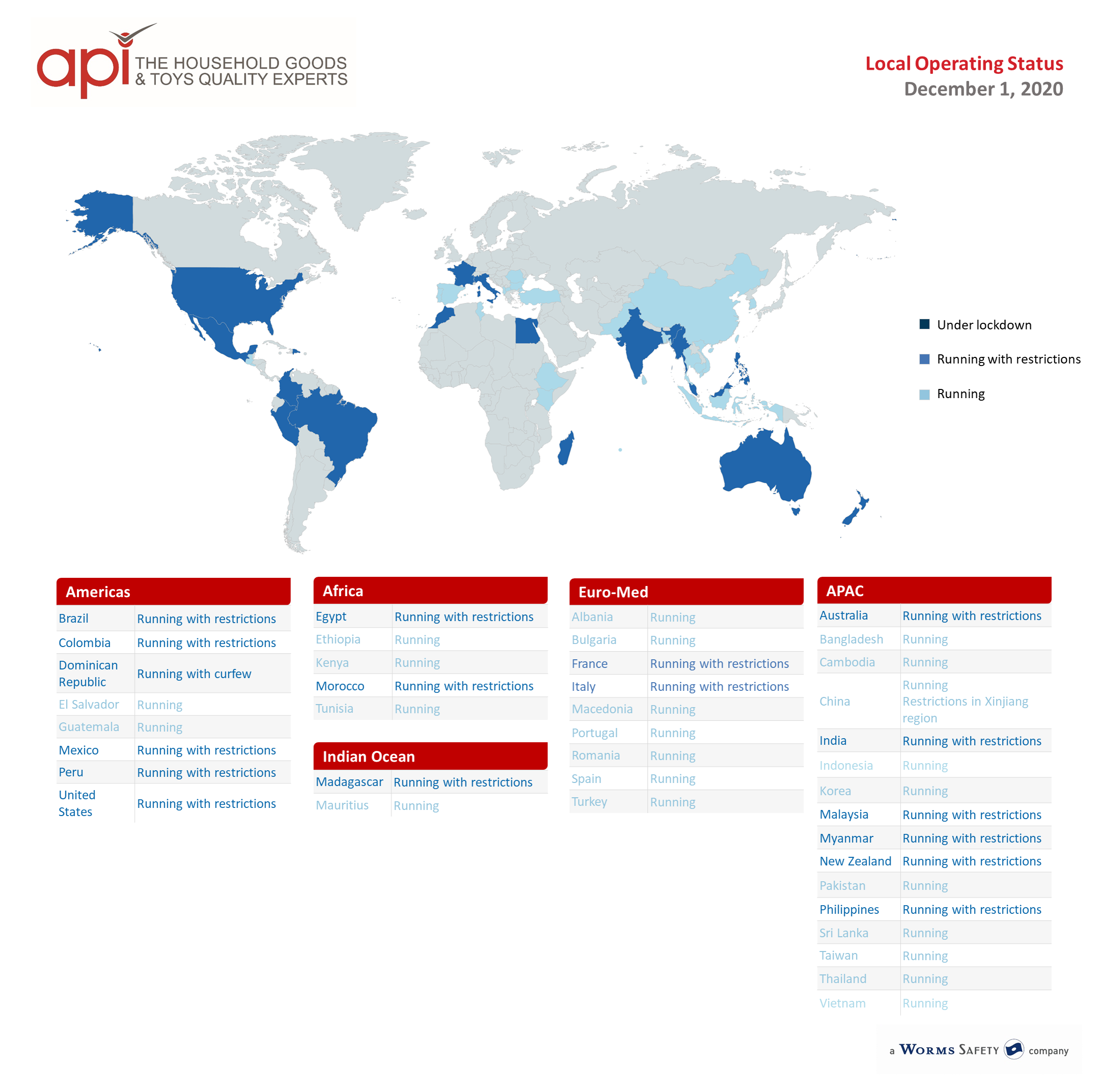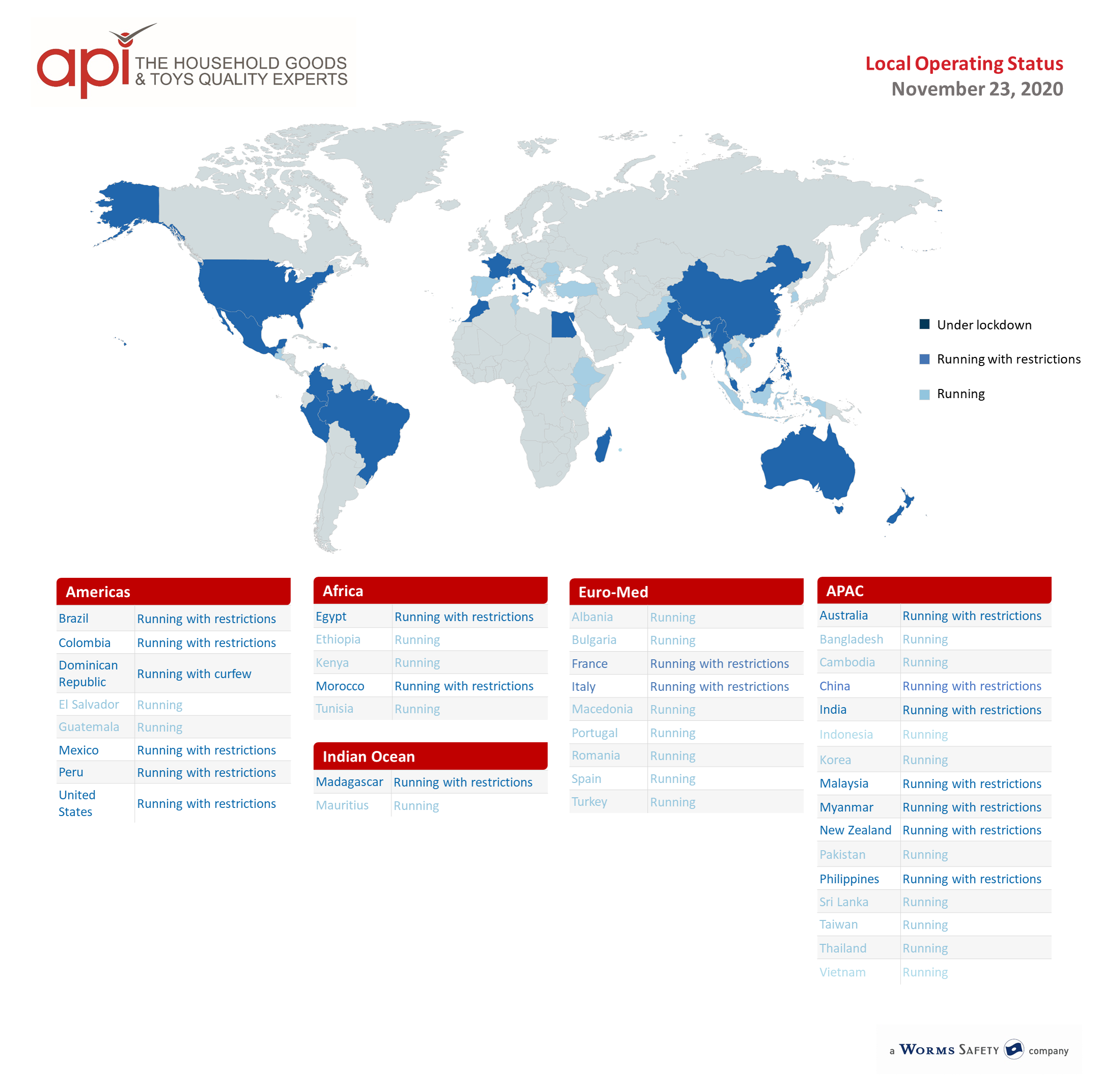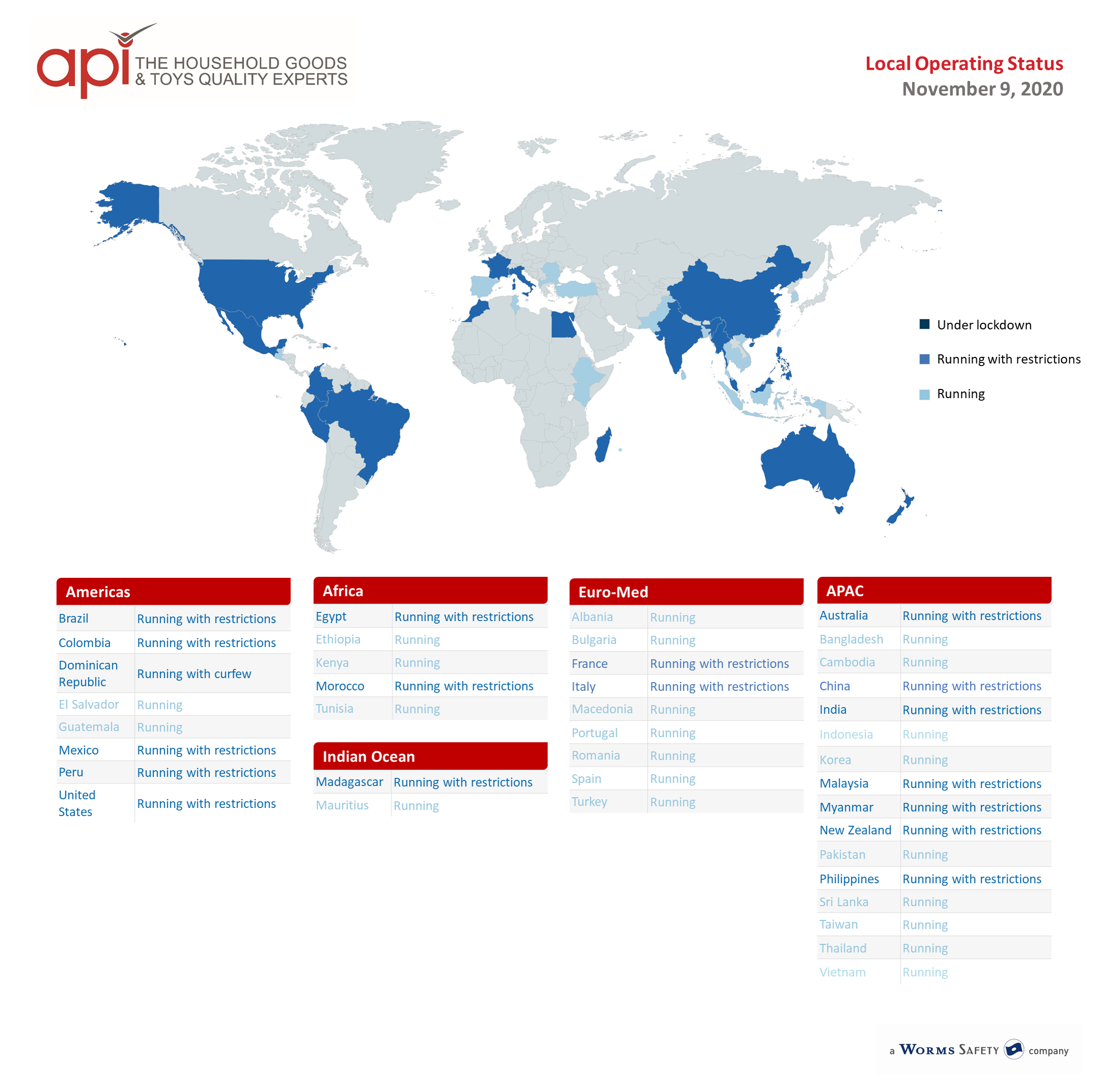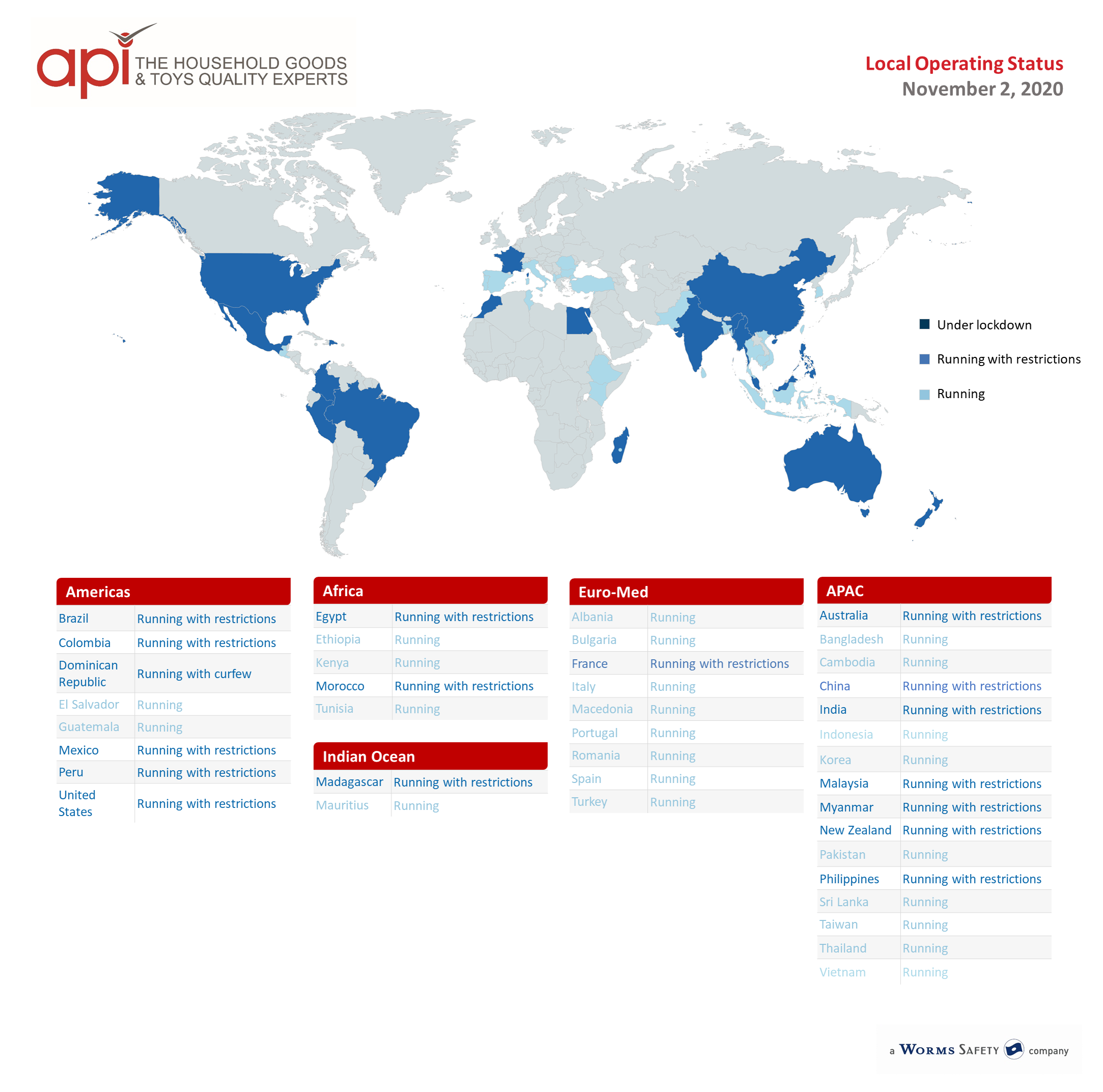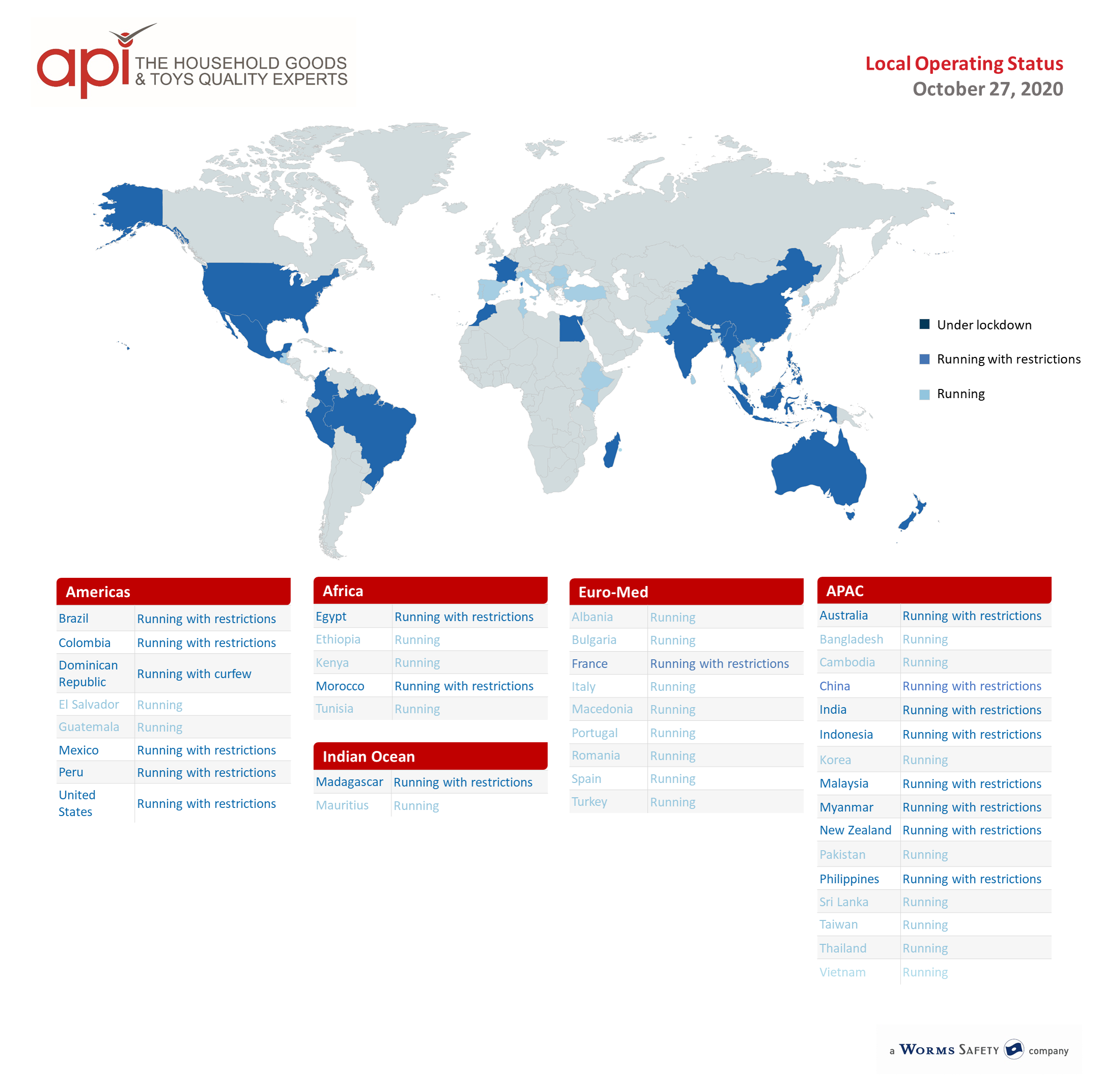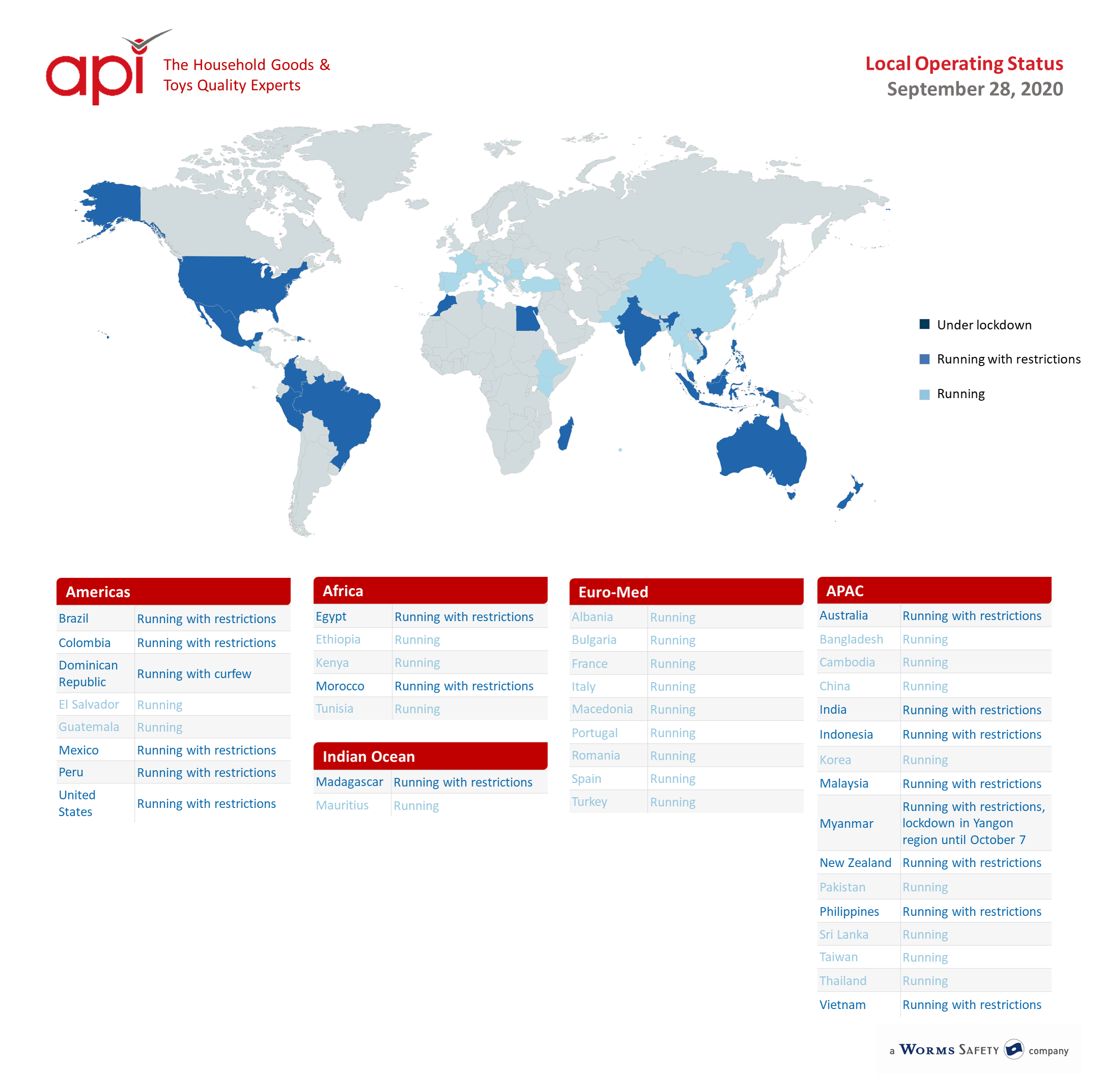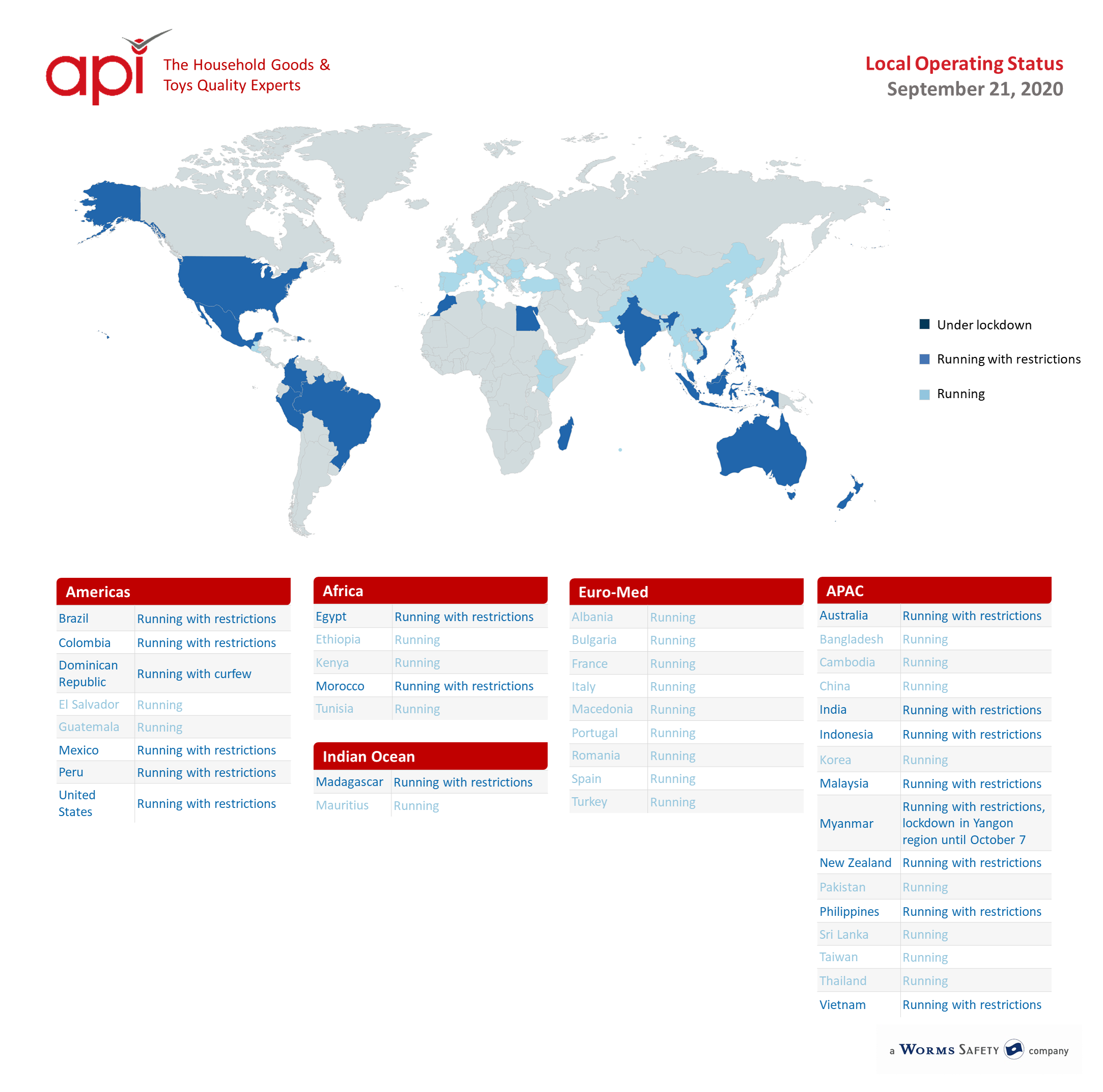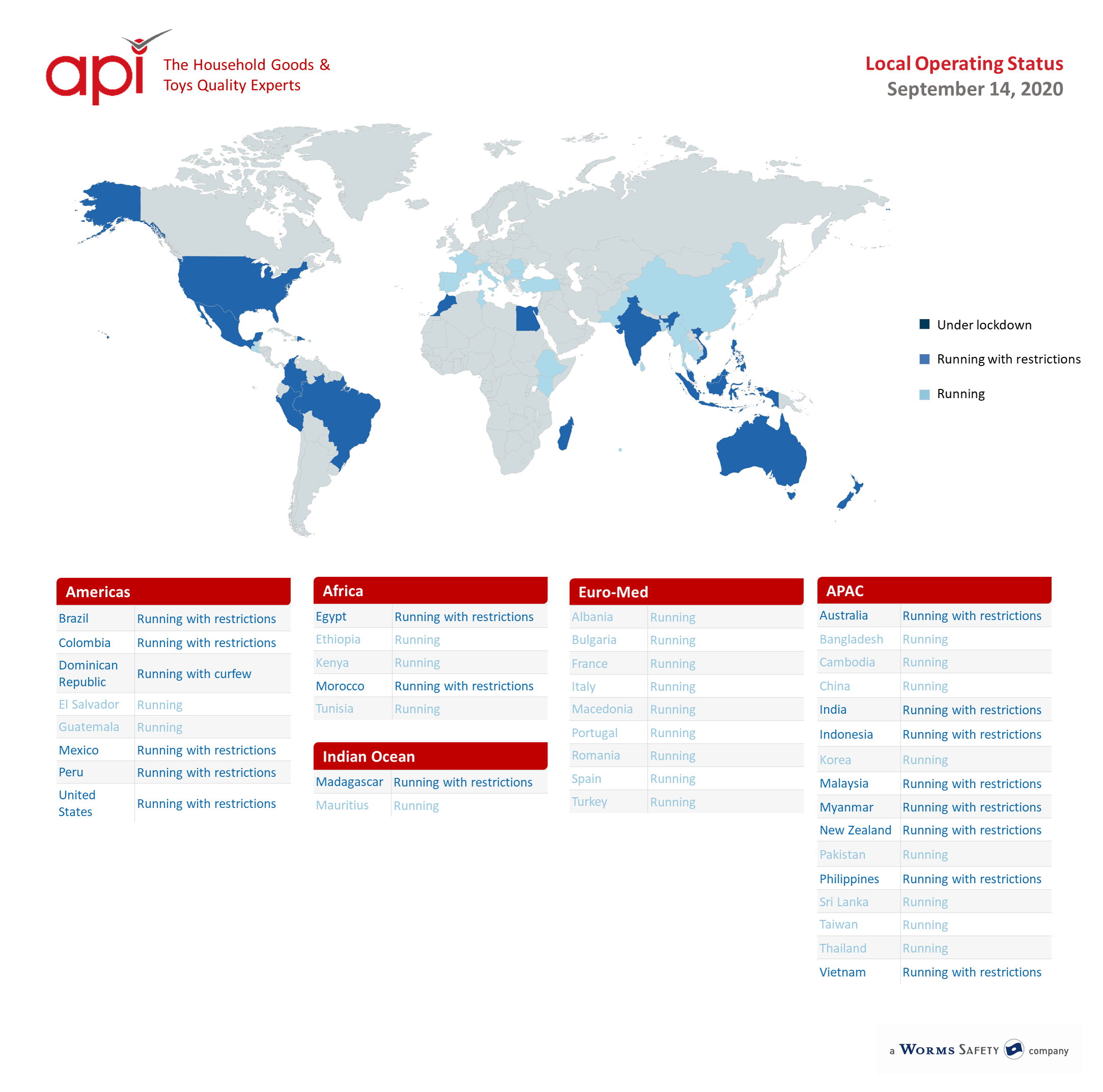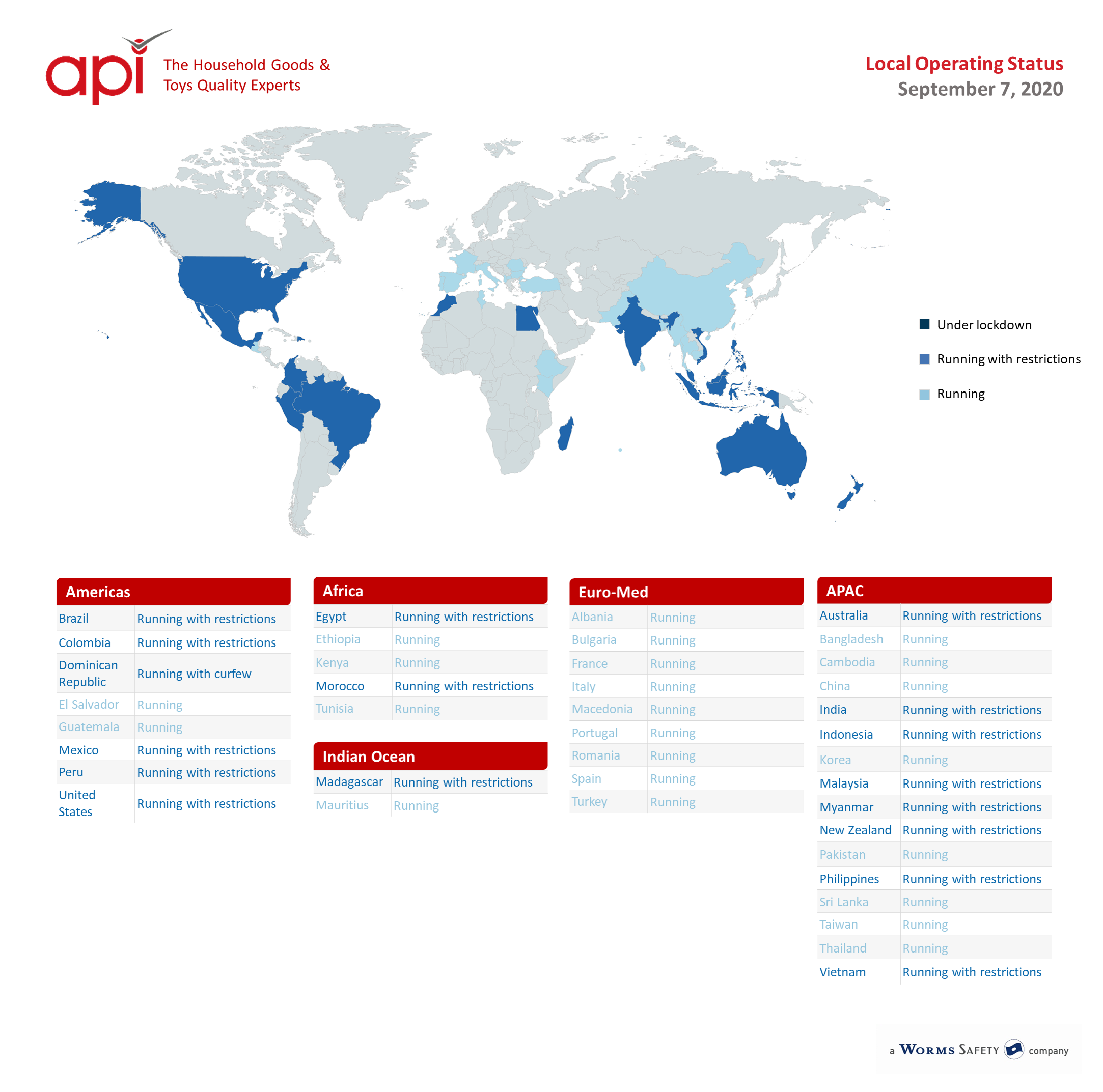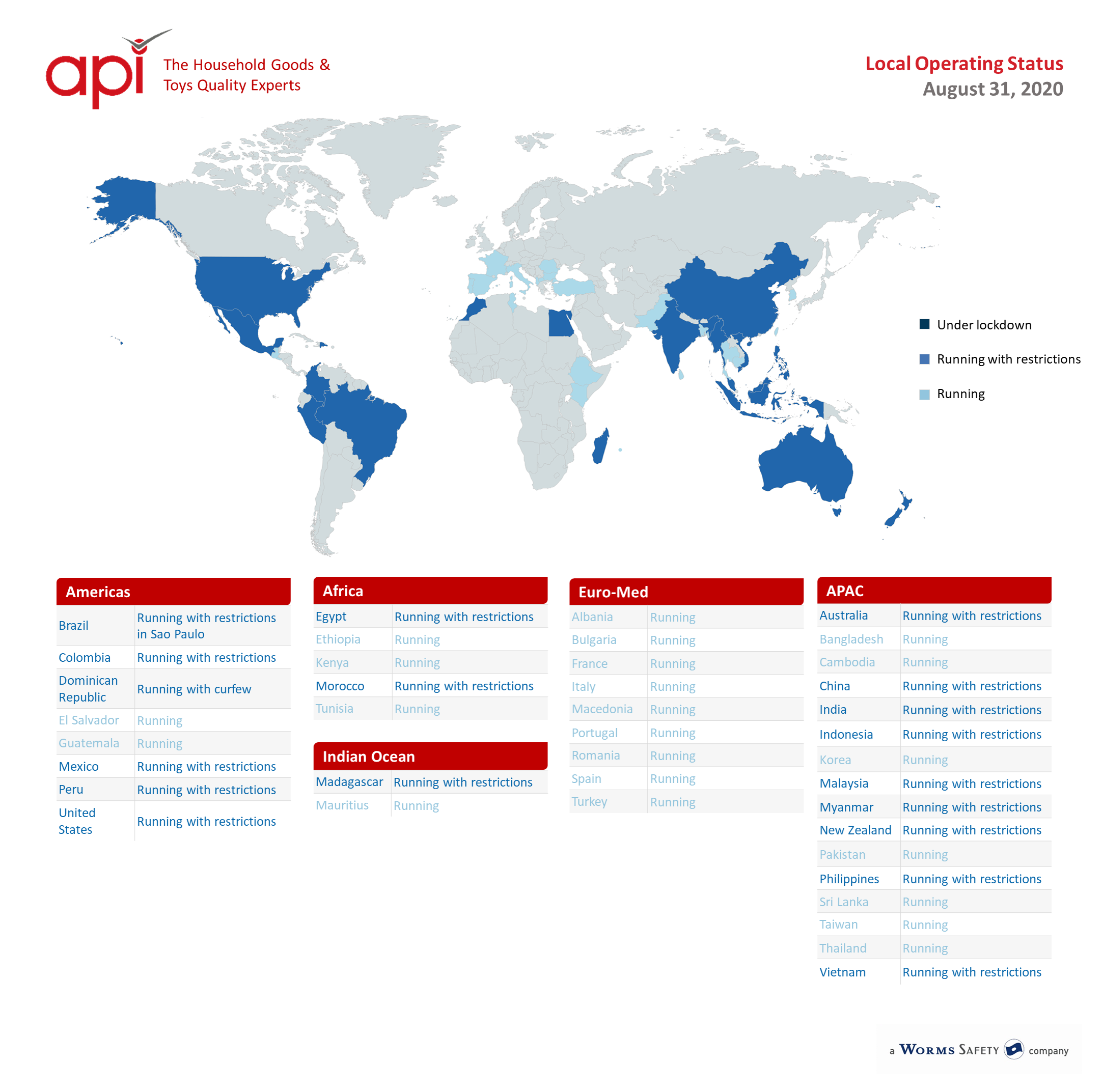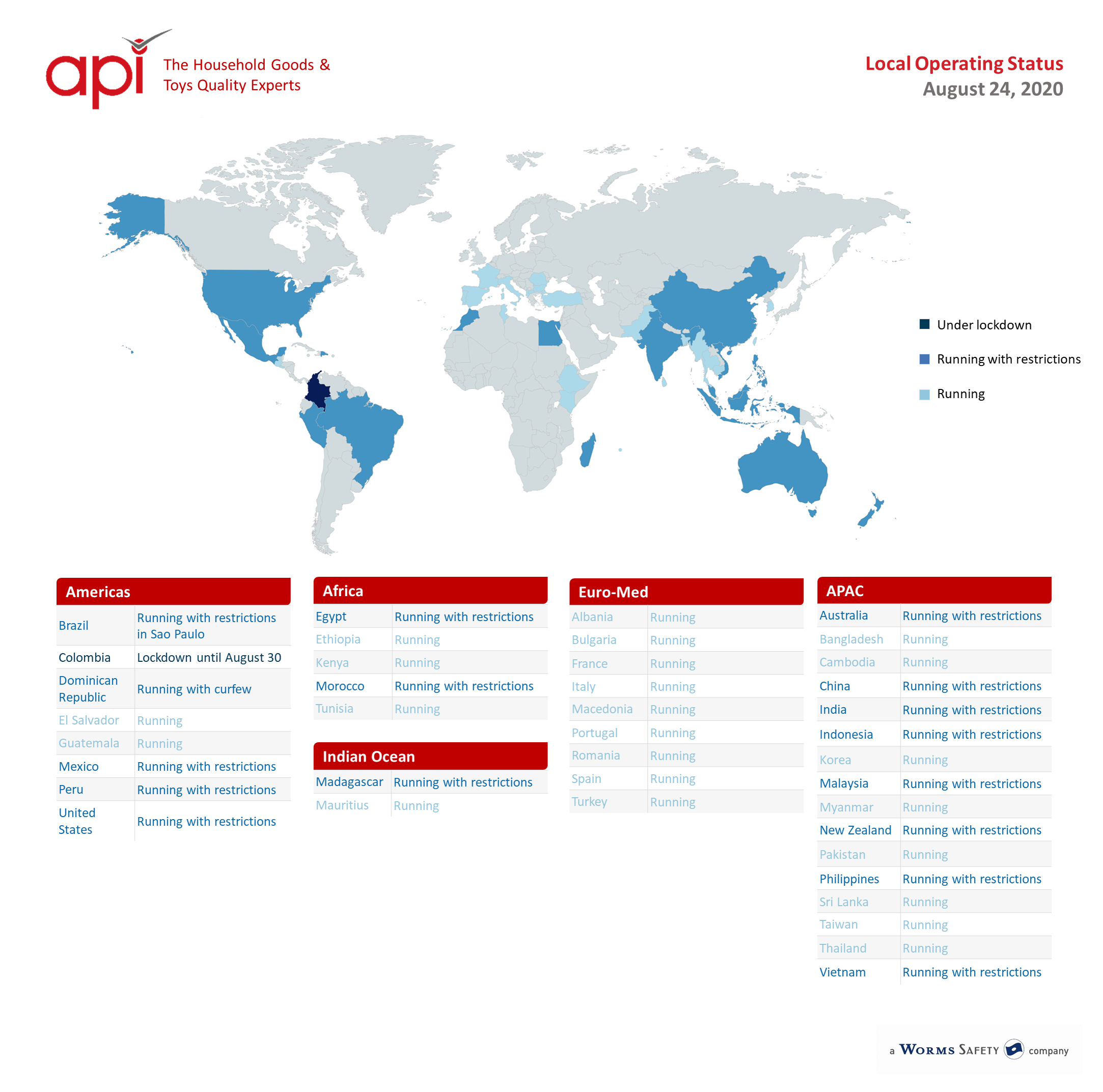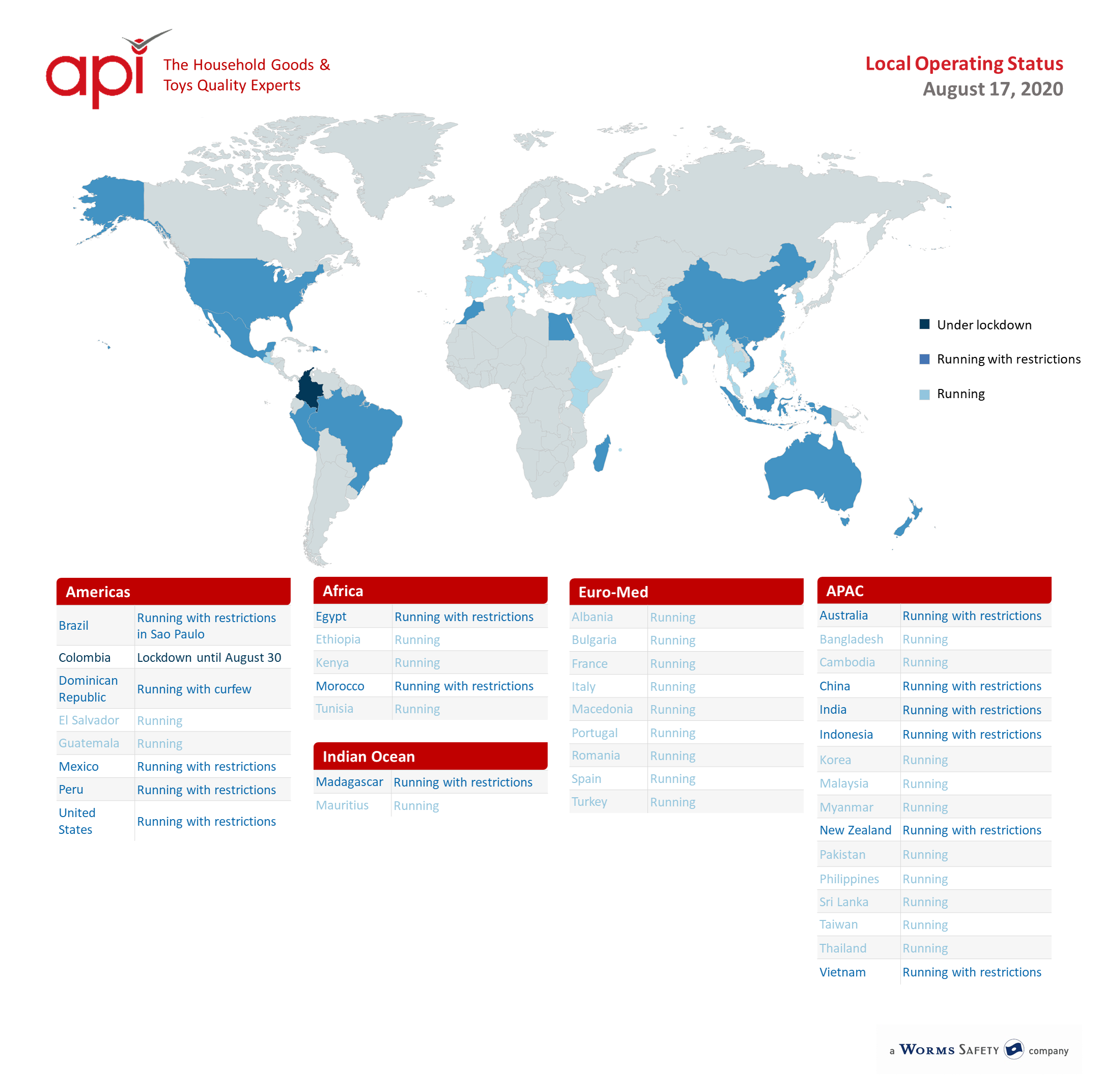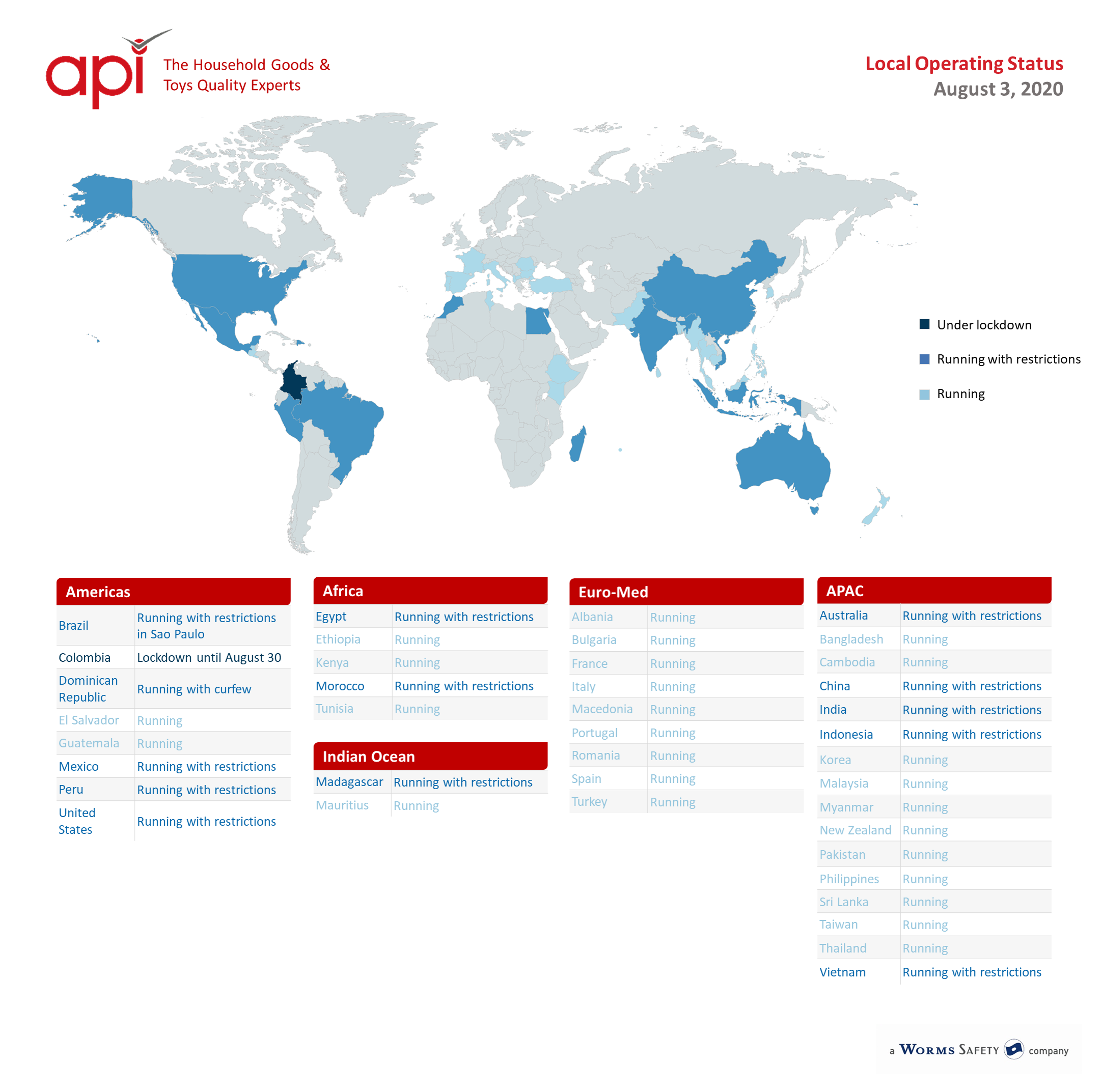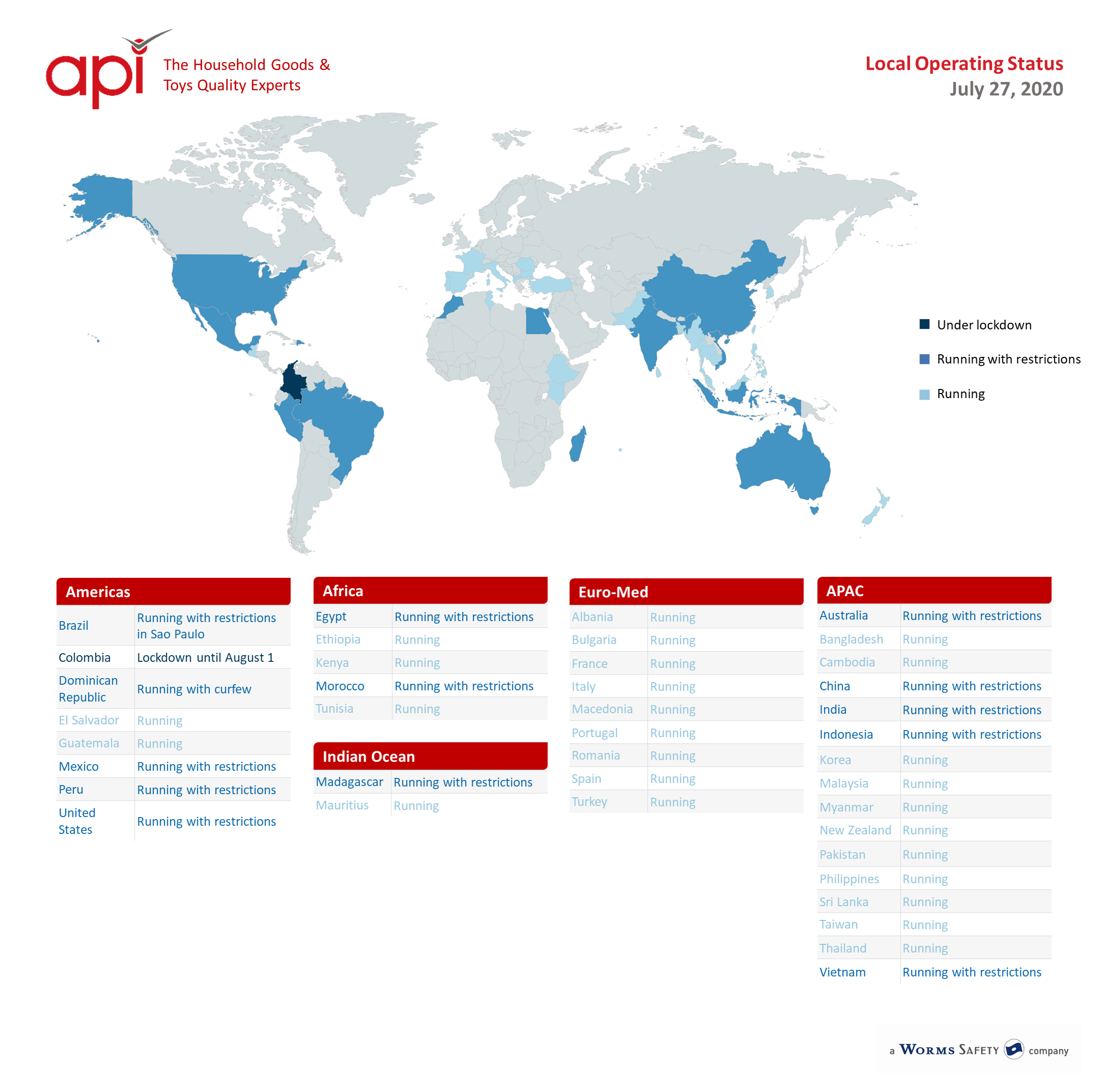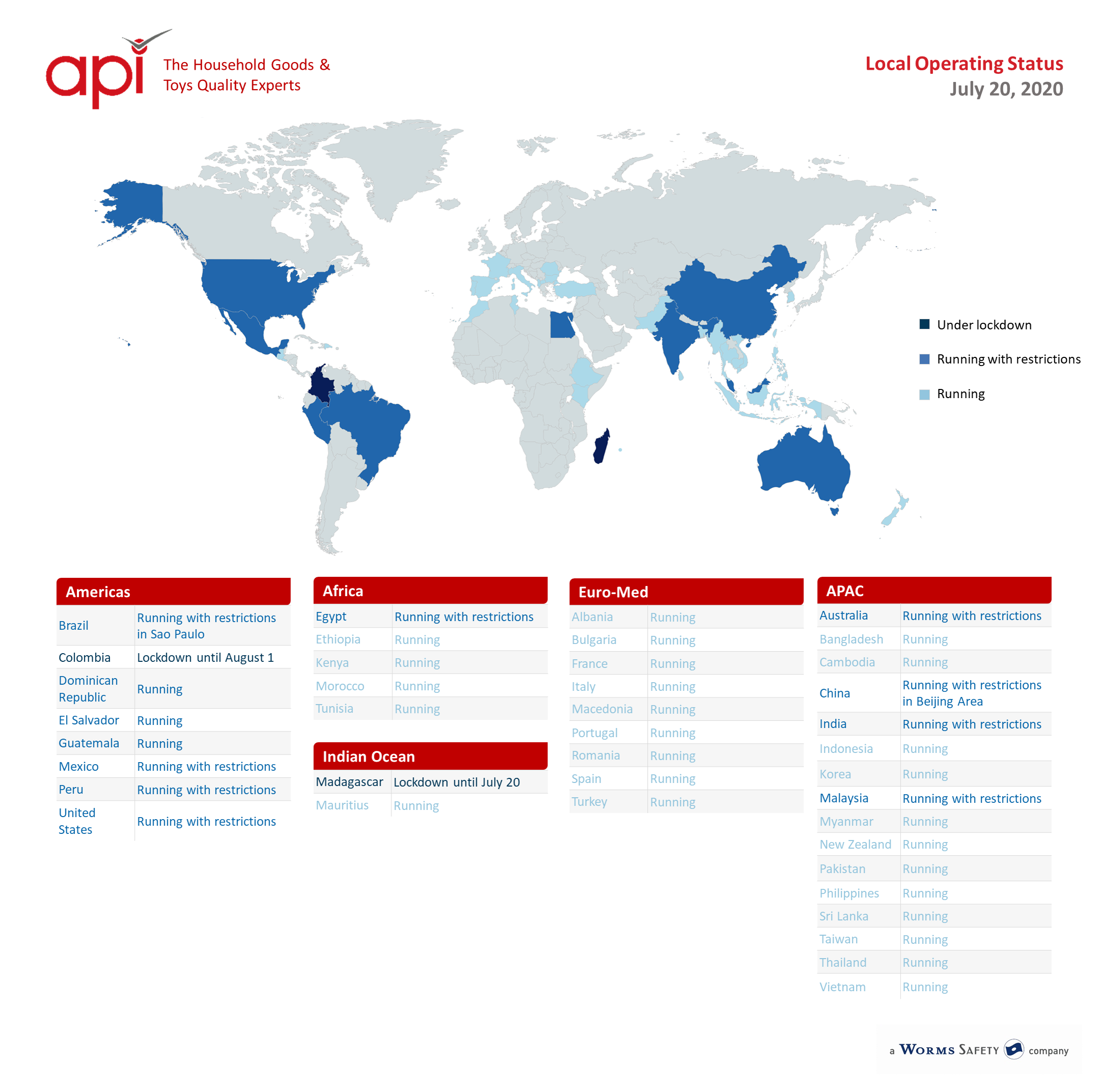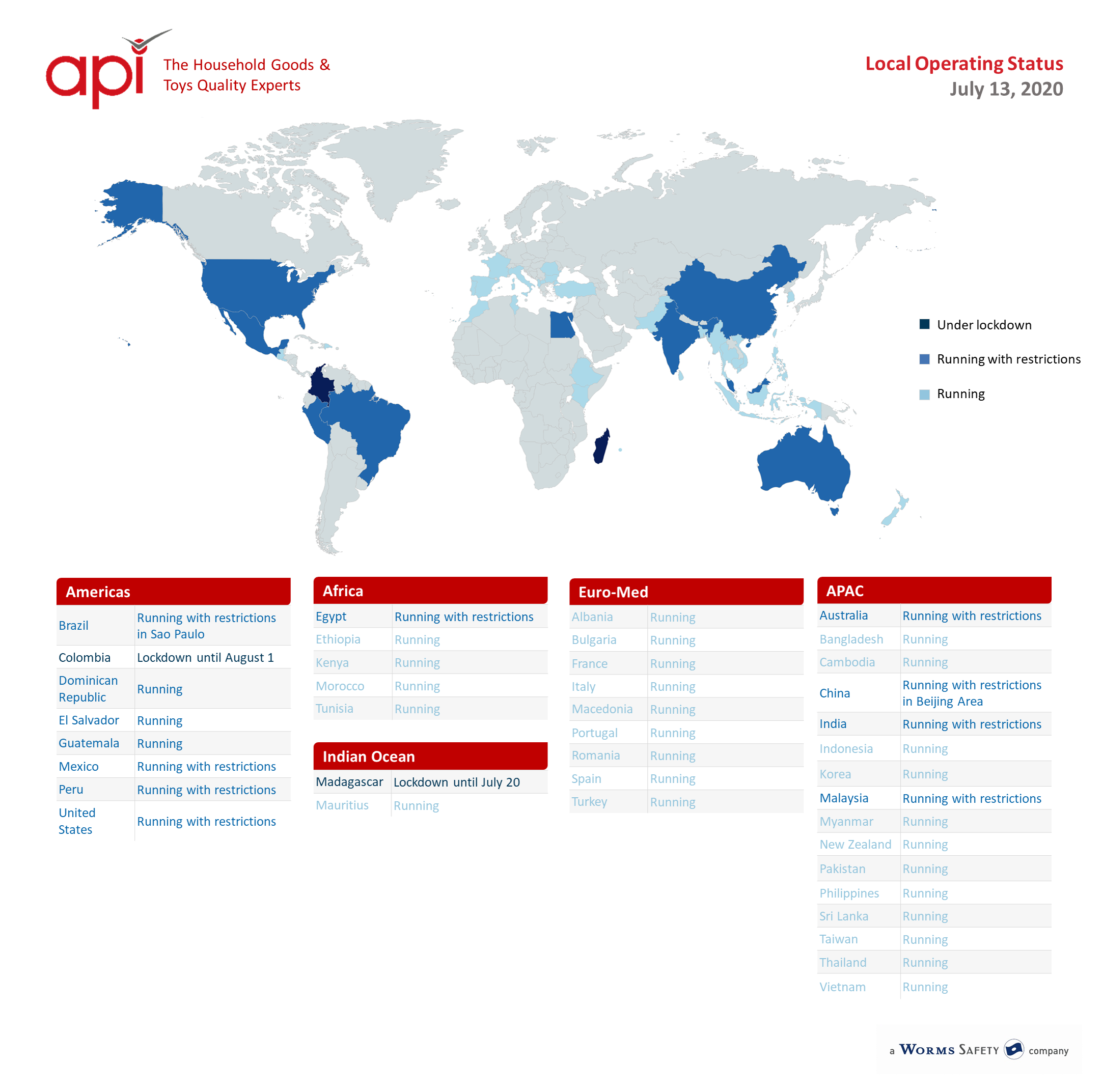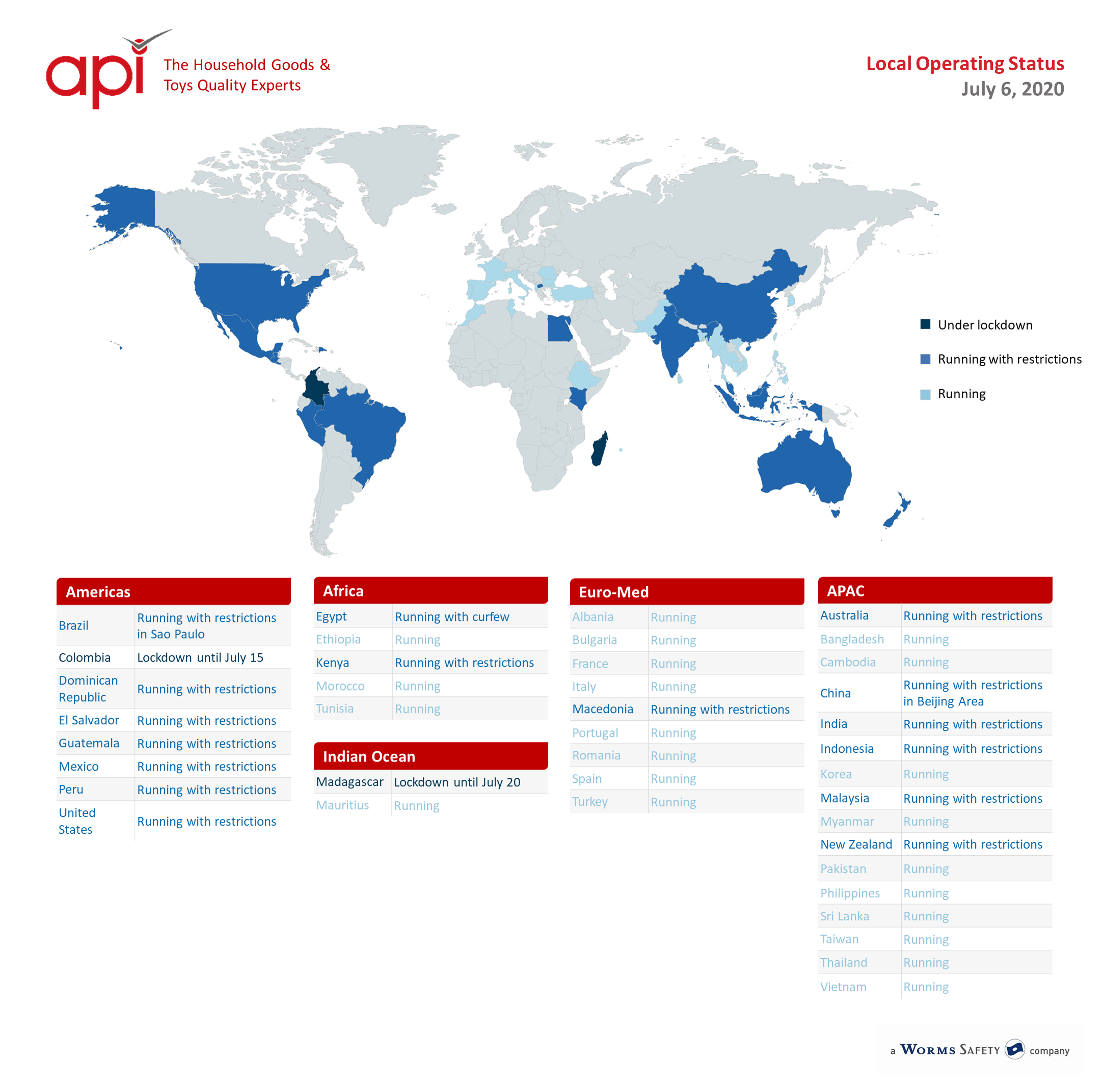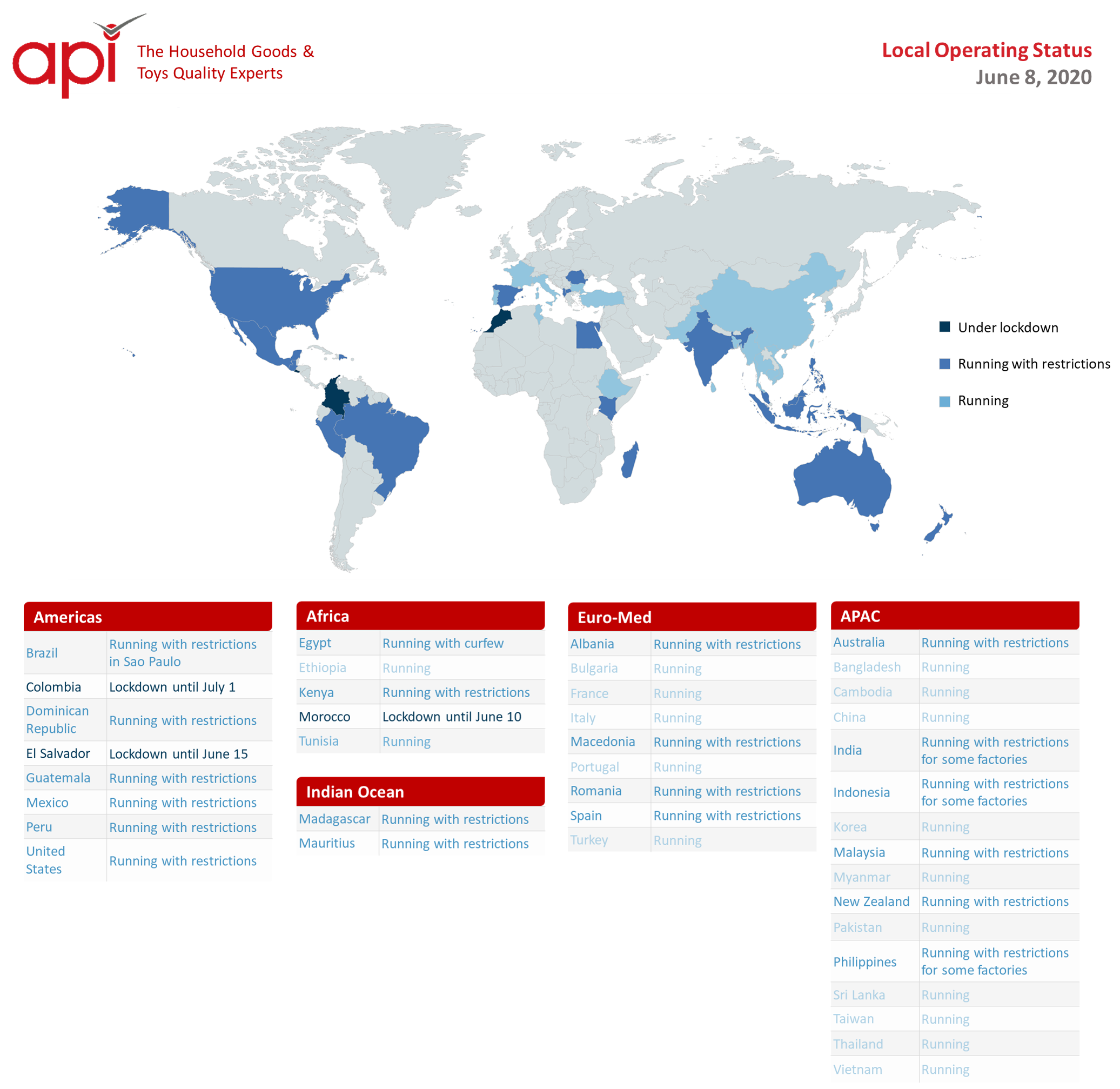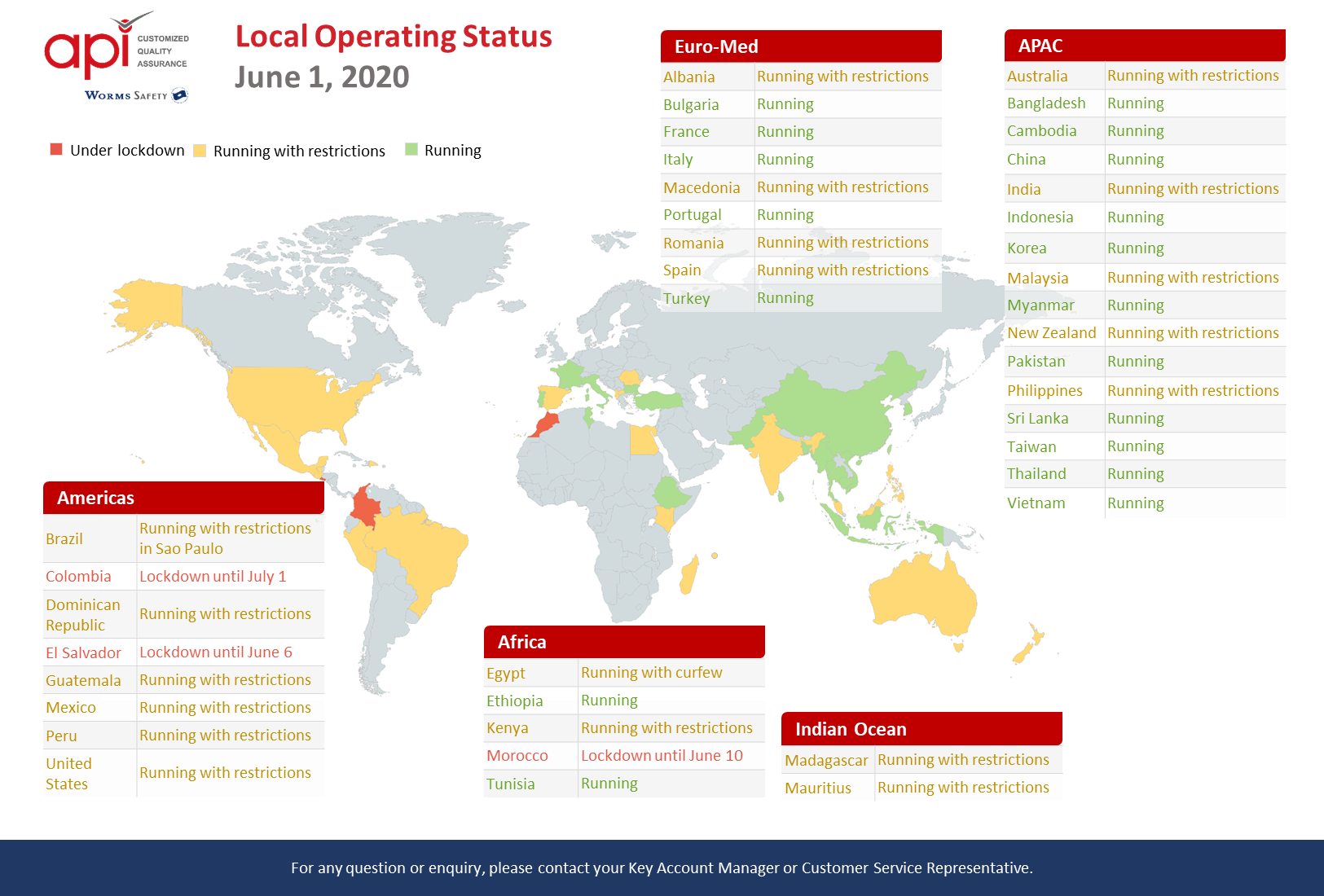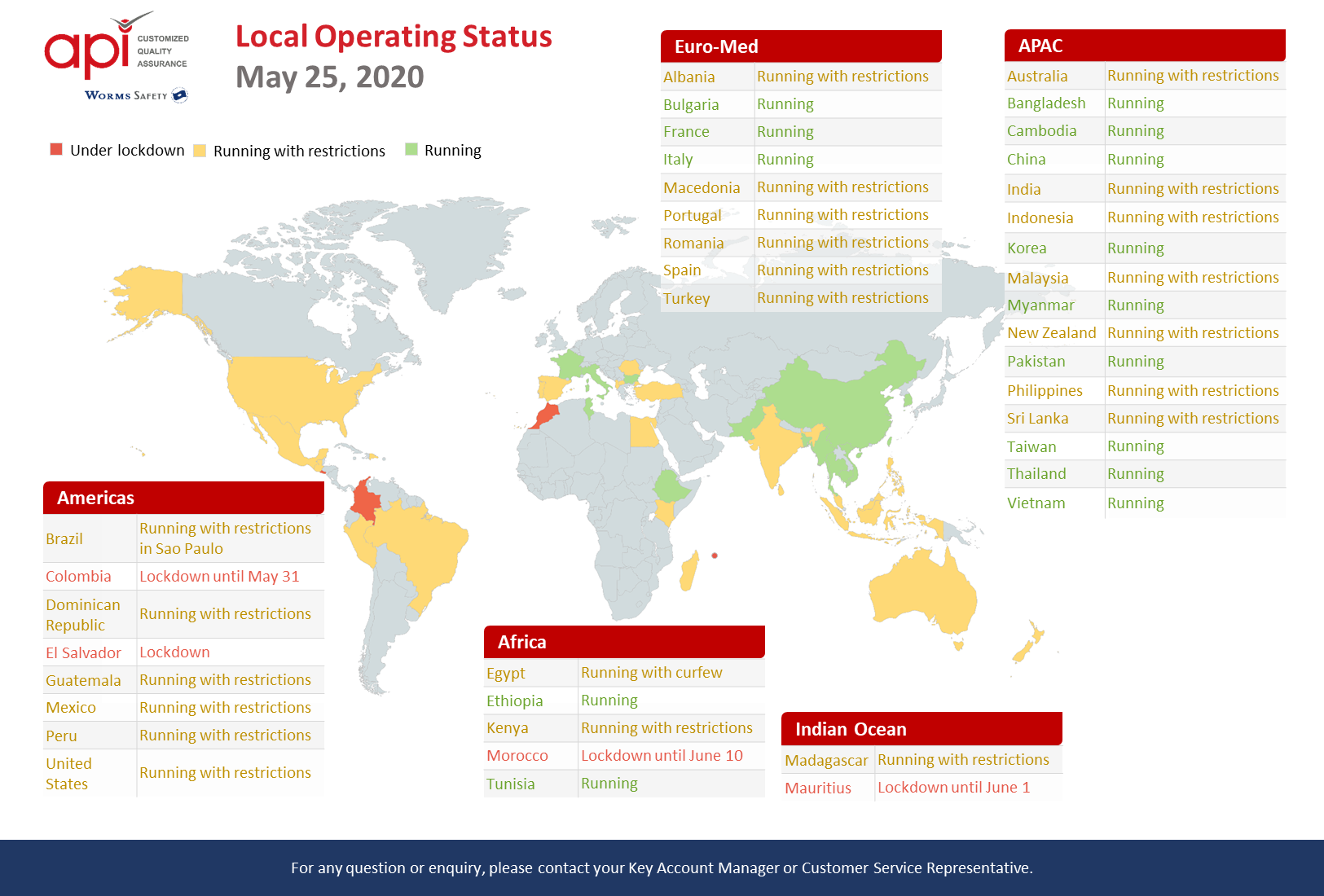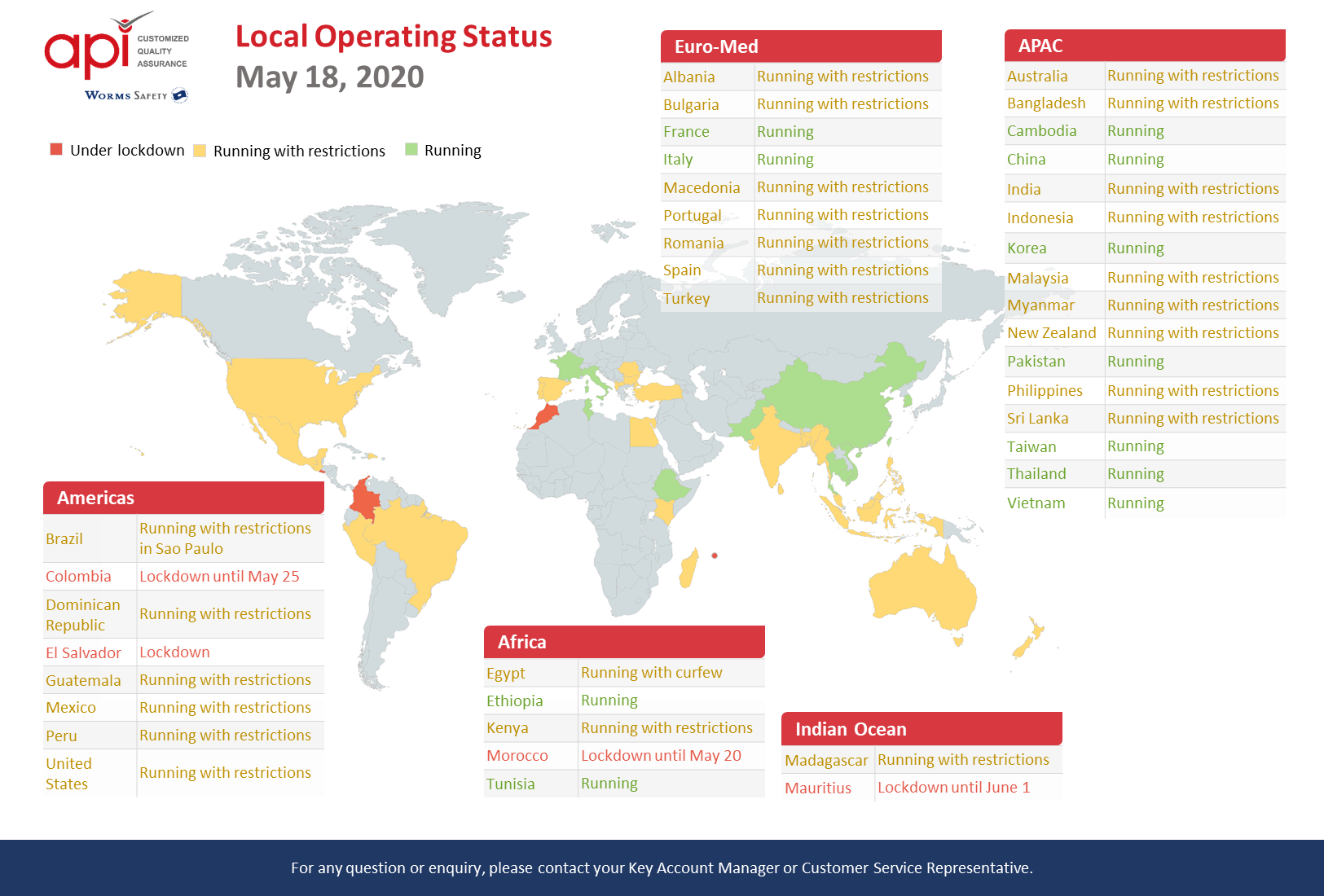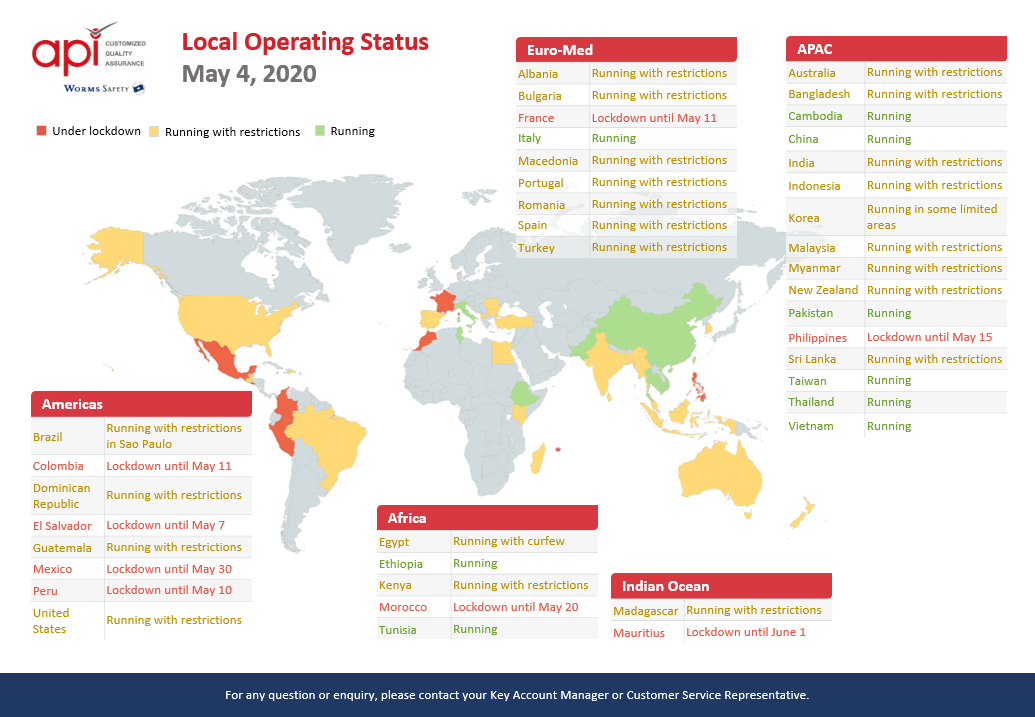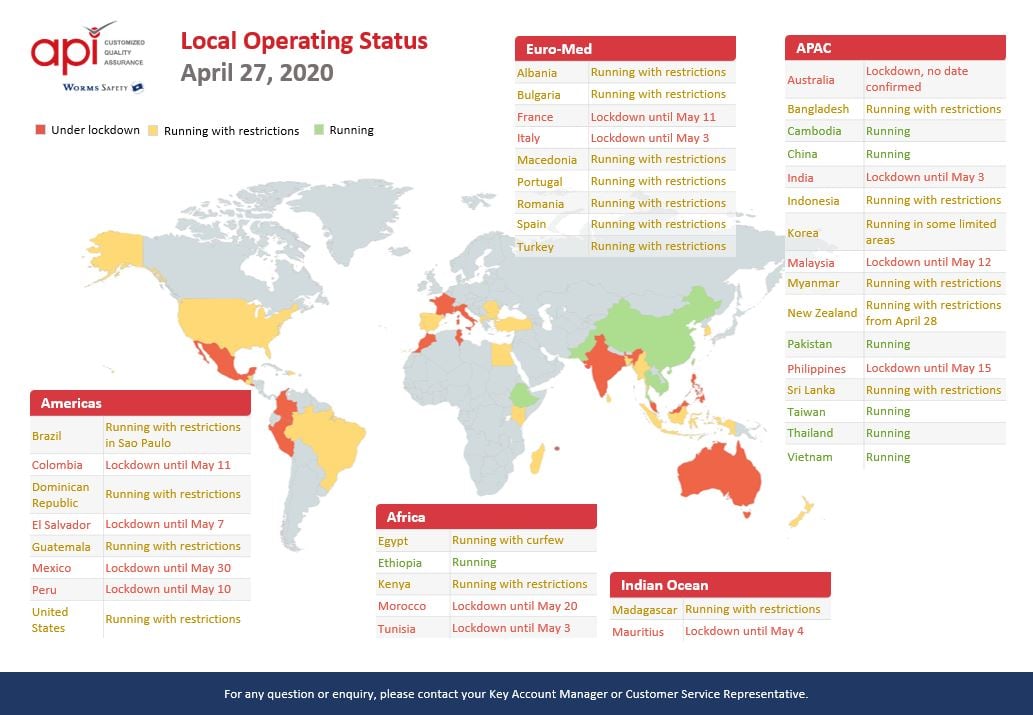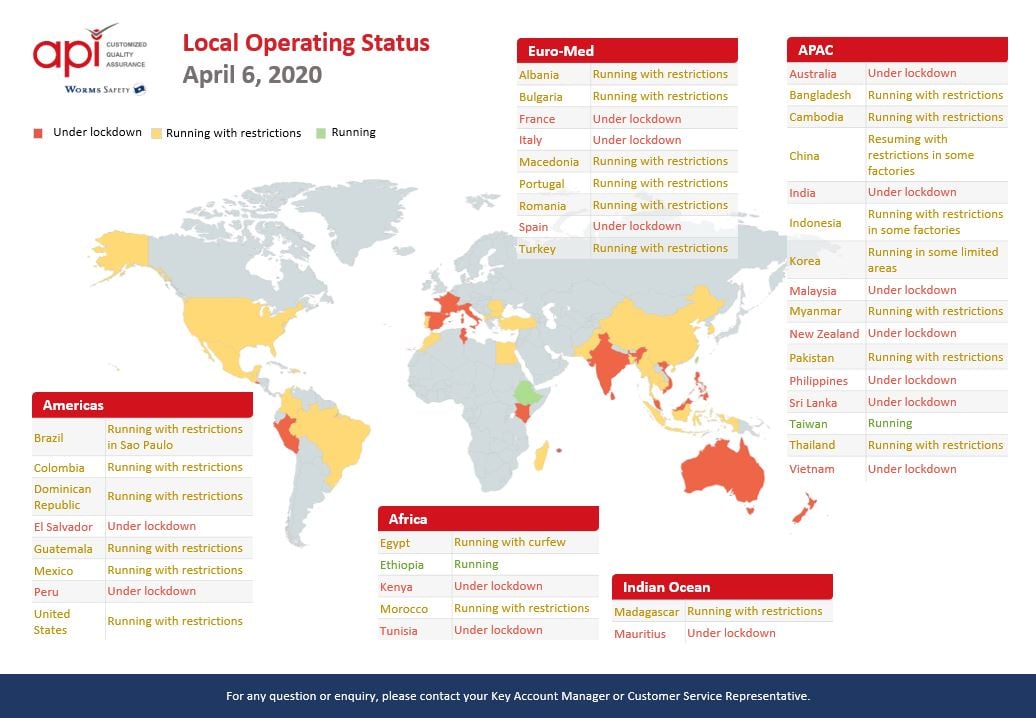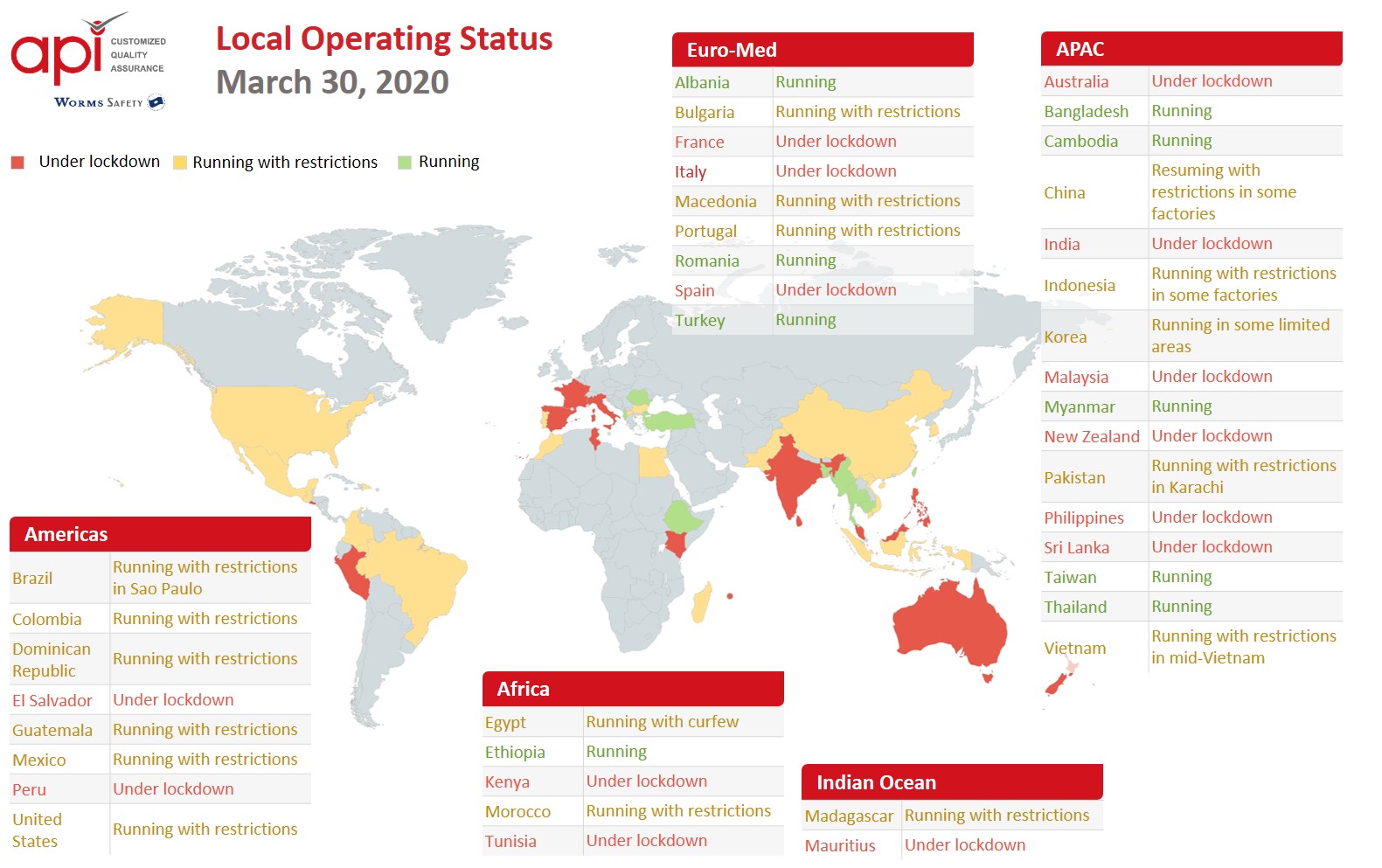Brands and retailers globally are obligated to ensure their products are compliant with market destination standards and regulations. However, many factors make ensuring compliance a tricky task, including stricter regulations and increasing picking stores by the local authorities, the need for improved traceability and records, and the large number of references requiring time and technical staff.
Defining the applicable scope across different product categories requires expertise, while gathering all the necessary documentation from various supply chain stakeholders is a time-consuming task. This administrative burden also brings risk and the need for technical review, as nearly one document in every three reviewed by our experts is found to be not compliant. In many instances, it isn’t easy to handle this internally due to issues such as:
- Complexity with keeping records up to date
- Multiplicity of suppliers with different maturity and contact persons (to stay competitive and ensure good pricing, brands tend to diversify).
- Multiple documents and files requiring the right expertise to collect the right documents, need to know the regulation covering the product in order to ask for the right docs
- No dedicated team for the task: Dull task for brand’s engineers, very administrative. But cannot be done by someone without technical knowledge.
- Process too slow vs. rotation of collections too fast
- Significant time required
- No proper interface to coordinate document collection and review
Introducing API’s I-TCF platform
To alleviate this challenge, API has launched its new I-TCF platform. Leveraging our 15 years’ experience in this service and the valuable feedback from our clients we have designed a new user-friendly platform that supports our I-TCF solutions, enabling you to easily keep your eyes on what matters: the completed files, the ones under completion, and those that will expire soon.
The I-TCF, or Integrity and Technical Compliance File, is a digital ID of your product and its proven compliance with the latest applicable standards and regulations, including:
- Applicable protocols
- Document validation/rejection
- Validity over time
The platform introduces a new way to manage documentation, proving compliance with increased visibility on products and status, such as:
- Quality overview of your products
- Document status and tracking
- Alerts management
- Regulatory watch
Suppliers can now benefit from the easy-to-use system by uploading the documents required to complete your I-TCF, receiving regular updates about your I-TCF status, as well as guidance from our experts on the next steps needed for any rejected documentation.
How API’s I-TCF platform can benefit your brand
- Confidence in a correctly completed I-TCF
- Fast reply to authorities – documents available in one click
- Reduced time and costs, allowing internal teams to focus on core added-value missions:
API’s team of experts complementing your teams on specific product categories - Executing document collection and verification
Interested in learning more about API’s I-TCF platform?






![Sustainability and CSR at the Bottom of the Line or a Strategic Priority? [Upcoming webinars]](https://f.hubspotusercontent10.net/hubfs/2775265/image-png-4.png)
